DROPS Nepal
The perfect every day yarn!
from:
2.40£
per 50 g
Content: 65% Wool, 35% Alpaca
Yarn Group:
C (16 - 19 stitches)
/ 10 ply / aran / worsted
Weight/length: 50 g = approx 75 m
Recommended needle size: 5 mm
Knitting tension: 10 x 10 cm = 17 sts x 22 rows
Care: Hand Wash, max 30°C / Dry Flat / Feltable
Superwash: no
Made in: Peru
Raw material origin: Alpaca and wool from South America
This yarn has an Oeko-Tex® certification (certificate number 23.HPE.36896), Standard 100, Class II from the Hohenstein Institute. This means that is has been tested for harmful substances and is considered safe in human-ecological terms. Class II means the yarn is suitable to come in direct contact with the skin to a large extent, such as blouses, shirts, mattresses, etc.
DROPS Nepal is a chunky and luxurious yarn, spun in 35% superfine alpaca and 65% wool, a mix that accentuates the softness of alpaca while the wool contributes to the garments’ shape stability. Both fibers are untreated, which means that they are only washed and not exposed to any chemical treatment prior to the dyeing. This highlights the fibers’ natural properties, providing also a better shape and texture qualities.
Spun from 3 strands, which gives an exciting and rustic stitch definition, DROPS Nepal is an easily knitted/crocheted quality which is also ideal for felting, resulting in garments that have an even and soft surface.
DROPS Nepal contains mixed colours, this means the wool is manufactured by carding the colours together before spinning, which gives it a mixed effect.
Read more about our products' sustainability here
Please be aware that the colours shown may vary from screen to screen in the same way that shades may vary slightly from dye lot to dye lot.
How do I care for this yarn?

Hand Wash, max 30°C / Dry Flat
First of all, consider just airing the garment, instead of washing it. If you still desire to wash it, here are some guidelines:
- Hand wash at 30ºC - separately - with wool detergent without enzymes or optical brighteners.
- Don’t let the garment soak. Move the garment gently back and forth, do not rub or squeeze it.
- Rinse the garment until the rinse water is completely clear, making sure the water temperature stays uniform.
- Do a light centrifugation of the garment (about 800rpm), choosing a program that DOES NOT take in water at the start. Or press carefully the water out of the garment with a dry towel. The garment shouldn’t be twisted or rolled.
- To dry the garment, shape it and lay it flat - do not hang - ideally on a warm bathroom floor or on top of a drying rack in a room with good air circulation. Never dry the garment in direct sunlight.
- Don’t tumble dry.
- Never iron the garment directly. Use always a damp cloth between your steaming iron or regular iron and the garment.
Note: If you are washing a project made with this yarn combined with another, the general guideline is to follow the washing instructions for the most delicate of the yarns you are working with.
Thinking about felting this yarn?
See how this yarn looks before and after felting:
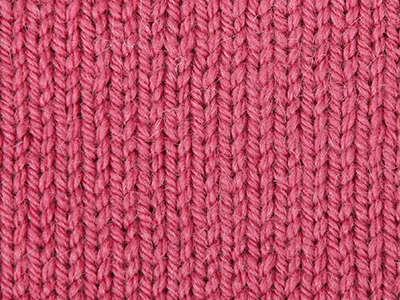
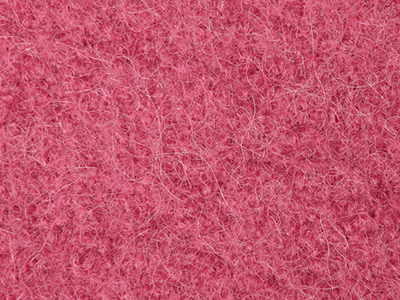
Needles: 5.50 mm
Before: 16 sts x 21 rows
After: 21 sts x 30 rows
Do you have a question about this yarn?
See a list of frequently asked questions (FAQ) about our yarns.
1) What type of fibers make the DROPS yarns?
Yarn can be made from a large number of natural and synthetic fibers. DROPS carries mainly yarns made from wool, cotton, alpaca, linen, mohair and silk. Each fiber type has its own qualities, and they are often mixed to take advantage of the best properties of each one. Coarse yarn has the advantage of being stronger and more durable, and finer fibers offer more softness and comfort. Here a bit about the main fibers we carry:
Alpaca:
Alpaca fleece is the natural fiber harvested from an alpaca, and it is similar in structure to sheep wool fiber. Its softness comes from the small diameter of the fiber, similar to merino wool. It is a soft, durable, luxurious and silky natural fiber. Yarn made from alpaca fibers does not felt or pill easily, and it can be light or heavy in weight, depending on how it is spun. While similar to sheep’s wool, it is warmer, not prickly, and has no lanolin, which makes it hypoallergenic. Alpacas come in 22 natural colors, with more than 300 shades from a true-blue black through browns-black, browns, white, silver and rose-greys.
Mohair:
This fiber comes from the Angora goats, and it's considered a luxury fiber. Mohair yarn is warm as wool, but much lighter in weight; it is durable, dyes well and does not felt easily. Mohair fibers have also a distinctive luster created by the way they reflect light. Despite being a hard fiber, mohair is usually spun into a very fluffy yarn, resulting in airy and lustrous garments.
Wool:
The wool fibers come from the skin of sheep and are relatively coarse fibers. Two striking characteristics of wool are its susceptibility to heat and its felting property, which is caused by the scales on the surface. Depending upon the breed of sheep, the appearance of the wool varies.
Wool from Merino sheep is considered the finest type of wool, having as characteristics that is finely crimped and soft. All the Merino wool in the DROPS yarns has its origins in South America, coming from sheep that have not been subject to Mulesing.
Pure new wool is wool made directly from animal fleece, and not recycled from existing wool garments.
Machine washable wool is wool treated chemically to minimize the outer fuzzy layer of the fibers, and be therefore fitable for machine wash (see Superwash).
Silk:
The silk fiber is a fine continuous fiber produced from the cocoon of a moth caterpillar known as the silkworm. While silkworm is cultivated, the wild or tussah silk is obtained from uncultivated silkworm cocoons. Silk fiber is one of the strongest natural fibers and makes a wonderful knitting yarn. It blends really well with other fibers, especially wool. Silk also dyes beautifully with natural dyes.
Vegetable fibers:
There are several varieties of vegetable fibers, found in the cell walls of plants or vegetables. Of all the varieties, two are recognized as major knitted or textile fibers. They are cotton and linen.
Cotton is the fiber surrounding the seeds in a cotton pod, and it is almost pure cellulose. Cotton is usually white in color but there are green and brown varieties as well. The cotton fiber is most often spun into yarn or thread and used to make a soft, breathable textile that is good for summer clothing and accessories, making a weaker yarn than silk or linen but stronger than wool.
Mercerized cotton is cotton that has been through a mercerization treatment. This treatment gives cotton fabrics and threads a lustrous yarn that is more lustrous than conventional cotton. It is also stronger, takes dye a little more readily, makes the yarn more resistant to mildew and reduces lint. It also may not shrink or lose its shape as much as "regular" cotton.
Linen is a fiber derived from the stalk of the flax plant that is durable and stronger than any other fiber. The linen fiber is relatively soft, straight and lustrous and becomes more beautiful with age. Linen is more comfortable to wear in hot temperatures than cotton, due to the fact that it absorbs moisture better and dries more quickly.
Other materials used in our yarns include synthetic fibers such as acrylic, viscose, polyamide (nylon) and polyester. These fibers are used mostly to give strength to a yarn (like our sock yarn, DROPS Fabel) or a special kind of structure (like our blown yarn, DROPS Air).
The polyamide fibre, commonly known as nylon, is very strong, durable, lightweight, easy to care for (can be machine washed and dried), and elastic, which makes it perfect for blending with other fibres to produce hard-wearing yarns like sock yarn.
Compared to polyester, polyamide is softer and more flexible, but it also absorbs more water and dries slower.
3) What type of information can I find on the DROPS yarn labels?
All DROPS yarn labels include information about fiber content (wool, cotton, etc.), weight in grams and ounces, length in meters and yards, washing instructions and symbols (explained here), color number, dye lot number and yarn group information.
4) What are the DROPS yarn groups?
All DROPS yarns are classified into 6 different thickness groups (A to F). Yarns in a same group have similar knitting tension/gauge, and can therefore be interchanged in patterns; however the length may be different, so when substituting always calculate the amount of meters/yards needed for the pattern to know the amount of yarn you need to get.
5) Can I use a different yarn than the one mentioned in the pattern?
Yes, as long as the yarn can be worked in the same knitting tension/gauge. Always swatch to make sure you get the same number of stitches in width and rows in height as given in the pattern.
Remember that different yarns with different textures, will give the garment different looks. The yardage/length may also be different, so when substituting always calculate the number of yards needed, in order to know the amount of yarn you need.
Read more about how to calculate the amount of an alternative yarn - and how to replace 1 thread of a yarn with 2 or more of another, here.
6) What does it mean when a yarn is “Superwash”?
A superwash wool is a special wool product that has been treated or processed in a way that allows it to be machine washable. Many people are afraid to work with wool because it is so easy to shrink (though some shrink wool on purpose) and superwash wool can allow them to work with great fibers without worry. (Read more here).
7) What does “Oeko-Tex® certified” means?
The Oeko-Tex® Standard 100 was introduced at the beginning of the 1990s as a response to the needs of the general public for textiles which posed no risk to health. The Oeko-Tex® Standard 100 is a globally uniform testing and certification system for textile raw materials, intermediate and end products at all stages of production. The test for harmful substances comprise substances which are prohibited or regulated by law, chemicals which are known to be harmful to health, and parameters which are included as a precautionary measure to safeguard health.
For more info go to www.oeko-tex.com
10) How accurate are the colours on the shade cards online?
When obtaining images for the shade card, we do our best to achieve the highest level of color accuracy. Unfortunately, we cannot guarantee how images will appear on your computer screen. Every monitor displays color differently, some colors might look darker than they really are, and some colors might be more saturated on some screens. If you experience that many of the yarn colors looks different on your screen than the actual color of the skeins, you can adjust the setting on your monitor.
11) What is a micron? What does super fine / extra fine mean?
The fineness of yarn fibers is measured in microns (thousands of millimeters). Super fine alpaca wool is 26-28 microns. Fine merino wool is less than 21.5 microns and extra fine merino is under 19.5 microns. The less microns the softer and more delicate a quality can be, the more microns the more hard wear the quality will be.
The reason why the microns in a yarn’s fibers are important is that the yarn will eventually become something else, and how delicate or coarse a yarn is will determine in part what we use it for. That’s why we recommend the softest yarns (like DROPS Baby Merino) for baby clothing, or why we choose to use a more hard wear yarn like DROPS Snow, for a seating pad or slipper.
12) Why are the colours in my skeins of print yarn different?
The reason why two skeins of a same print yarn look different can be 1) that both skeins are part of different dye lots; 2) that the skeins have been dyed using a technique called "magic print" (the one used for example in DROPS Delight), which provides unique patterns and smooth colour transitions to each skein, meaning also that within one dye lot, lighter or darker varieties might appear. This is no fault or defect, but part of the yarn's character.
13) My store doesn’t have the colour I want, what can I do?
If your DROPS store doesn’t have the yarn colour you want, try contacting a DROPS Super Store (the ones with the golden badges) - they will make sure to get a hold of the colour even if they don’t have it in stock themselves. See a list of all DROPS stores here.
14) Where can I find a specific dye lot of a colour?
Always try contacting your DROPS store first. If they do not have the dye lot you want we recommend you to ask other knitters and crocheters in the DROPS Workshop in Facebook or Ravelry, which may have the dye lot in their stash and might be willing to part from it.
Yarn sheds because there's not enough twist to hold all of the fibers together. All yarns have excess fibers (from production) that might come off as lint or shedding, in varied degrees that depend on how the yarn is spun. Brushed yarns ("hairier" yarns) like DROPS Melody, have more of these loose fibers than other yarns, and therefore shed more. Shedding also depends on what is worn under or over the garment, and whether this pulls at the yarn fibers. It’s therefore not possible to guarantee that there will be no shedding.
Below are some tips on how to get the best result when working with hairier yarns:
- When the garment is finished (before you wash it) shake it vigorously so the looser hairs come off. NOTE: do NOT use a lint roller, brush or any method that pulls at the yarn.
- Place the garment in a plastic bag and put it in your freezer - the temperature will cause the fibers to become less attached to each other, and excess fibers will come off easier. Leave in the freezer for a few hours before taking it out and shaking it again.
- Wash the garment according to the instructions on the yarn label. Garments worked with hairier yarns usually need to be shaken once dry after washing, so that the hairs rise and any excess fibers can come off.
Pilling is a natural process that happens to even the most exclusive of fibers. It's a natural sign of wear and tear that is hard to avoid, and that is most visible in high friction areas of your garment like a sweater's arms and cuffs.
You can make your garment look as new by removing the pilling, using a fabric comb or a pill/lint remover.
How can I replace this yarn?
If you are looking to replace this yarn with another DROPS yarn, you can use another yarn within the same yarn group, or try our yarn converter!
Other yarns in Yarn Group C
Read more about replacing yarn.Have a problem with the DROPS yarn you purchased?
When you purchase yarn from the shade cards or patterns on our site, you are not buying directly from DROPS but from one of the hundreds of DROPS stores around the world. It is therefore important that you take contact with the DROPS store where you bought the yarn, and that you save the labels of all the skeins you purchased (they are your warranty).
The DROPS store you contact will assist you and escalate the claim if necessary. Find a list of DROPS stores here.
Comments / Questions (278)
![]() Martha Henao wrote:
Martha Henao wrote:
Buenos días, quiero comprar lanas Drops, tiene envíos a Colombia y que costo tiene ? Gracias
28.04.2020 - 16:59DROPS Design answered:
Hola Martha. Aquí tienes un listado de las tiendas con envíos internacionales: https://www.garnstudio.com/findastore.php?s=w&cid=23
15.05.2020 kl. 15:37
![]() Maciej wrote:
Maciej wrote:
Dzień dobry, Moja narzeczona szydełkowała używając wełny drops nepal colour 1101 dyelot 433223 niestety zużyła zapas jaki posiadała, a jej praca nie została skończona. Dopóki nie znajdę tej wełny to moje życie będzie koszmarem, błagam o pomoc !!!.
02.04.2020 - 18:32DROPS Design answered:
Witaj Macieju! Najpierw radzę skontaktować się z naszymi sklepami, lista jest na stronie. Jeżeli okaże się, że nie mają już tej partii to może inne dziewiarki pomogą - na facebooku jest nasza grupa Drops Workshop i tam można zapytać, czy jeszcze ktoś w swoich zapasach ją posiada. Koniecznie zamieście zdjęcie tego dzieła, nawet jak nie jest zakończone, jesteśmy bardzo ciekawi :) Powodzenia!
07.04.2020 kl. 06:31
![]() Caty Chatelaine wrote:
Caty Chatelaine wrote:
Ce n'est qu'une suggestion qui serait utile et éviterait de reposer toujours peut-être la ou les mêmes question(s). Ce serait plaisant d'avoir un lien de recherche avec mot(s) clé(s) et le choix de langue(s) pour trouver une note qui pourrait nous aider. Il y a plusieurs langues et énormément de questions et commentaires. Il est difficile de trouver peut-être une réponse convenable à notre question. Merci :)
31.03.2020 - 00:26
![]() Caty Chatelaine wrote:
Caty Chatelaine wrote:
Bonjour, J'ai tricoté des mitaines avec la laine Drops Nepal qui selon les notes, elle peut être feutrée. Je les ai tricoté plus grand que prévu pour objectif de les feutrer et arriver à ma taille. Comment puis-je faire pour les feutrer jusqu'à ma taille ? Puis-je avoir la réponse ici et sur ma page facebook pour être certaine de la voir ? Merci à l'avance pour votre réponse
31.03.2020 - 00:19DROPS Design answered:
Bonjour Mme Chatelaine, vous trouverez en bas de page quelques informations sur le feutrage - et encore plus de détails ici. Les dimensions après feutrage dépendent de votre échantillon, tension, machine etc... Si vous n'avez pas de modèle, il vous faut faire différents essais au préalable. Bon tricot!
31.03.2020 kl. 10:40
![]() Yu-Ting Huang wrote:
Yu-Ting Huang wrote:
Hi , Can yo uplease tell me the color codes, from left to right, on the picture of the 3 balls with brown shades? I found the middle one very pretty and would like to purchaze it.
11.03.2020 - 11:15DROPS Design answered:
Dear Mrs Yu-Ting Huang, here are the colours (from the left towards the right: medium brown mix 0612 - light beige mix 0206 - beige mix 0300. Happy knitting!
12.03.2020 kl. 11:00
![]() Mareike wrote:
Mareike wrote:
Hallo zusammen, mein Sohn wünscht sich einen neuen selbstgestrickten Pullover. Bisher habe ich Merinowolle berwendet und es gab keine Klagen in Sachen kratzen. Wie sind eure Erfahrungen ist die Schurwolle durch die Alpacafsern so weich, dass es auch von Kinder getragen werden kann ohne, dass es am Hals kratzt? Herzlichen Dank und schöne Grüße Mareike
12.02.2020 - 16:05DROPS Design answered:
Liebe Mareike, am besten wenden Sie sich an Ihrem DROPS Laden auf, gerne hilft man Ihnen dort weiter und persönnlicher. Viel Spaß beim stricken!
13.02.2020 kl. 12:22
![]() Laura Cogoy wrote:
Laura Cogoy wrote:
Hello! I am desperately looking for a particular dyelot of a DROPS NEPAL yarn since I have baught the yarn quite some time ago and now that I have started working the garment I realized I am short of the main color. Is it possible to verify if you still have some left. The Yarn in question is NEPAL color: 0206 dyelot: 199297 Thank you very much Laura Cogoy
10.02.2020 - 12:20DROPS Design answered:
Dear Mrs Cogoy, please contact the different DROPS stores shipping to your country to ask the about this dyelot - you can also ask other customers through our DROPS Workshop. Good luck!
11.02.2020 kl. 09:49
![]() Nahielly wrote:
Nahielly wrote:
Hej, Jag beställde Nepal uni 3608. Men den är inte djup röd. Har lyst upp den med olika lampor och den är mer hallonrosa än djup röd. På färgkartan på olika skärmar ser den mörkröd. Ska det vara så eller är det ngt fel med just det partiet? 7E4295. Tacksam för svar. Mvh
31.01.2020 - 23:23DROPS Design answered:
Hei Nahielly. Beklager at ikke forventningene dine til dyp rød i Nepal ikke er det du mener dyp rød skal være, men vi kan ikke se at det er noen feil med partiet. Fargen på våre skjermer matcher med hvordan fargen skal se ut. mvh DROPS design
03.02.2020 kl. 09:49
![]() Ingun wrote:
Ingun wrote:
Jeg både ser og kjenner at Nepal-garnet er blitt endret, det er tynnere og hardere enn før. Absolutt ikke et godt garn å jobbe med lenger. Det ferdige produktet blir heller ikke så mykt som før, og det blir tynnere. Veldig synd, det er et garn jeg har brukt mye, men nå er det slutt.
29.01.2020 - 14:22
![]() Sue Hayward wrote:
Sue Hayward wrote:
Question Hi, I'm 2/3 through knitting an aran jacket and stupidly didn't check the yardage required so I'm 12 balls short. Is it possible to advise me which of your suppliers you sold Drops Nepal Colour 1101 Dyelot 433223 to so that I can try to source some more ? Than you
23.12.2019 - 15:58DROPS Design answered:
Dear Mrs Hayward, please contact your DROPS store or any DROPS store shipping to your country - and even ask for more assistance in our DROPS Workshop. Happy knitting!
02.01.2020 kl. 16:34
![]() Nina wrote:
Nina wrote:
Hallo, aus wie vielen Fäden ist die Wolle verzwirnt und ist es möglich diese zu entzwirnen um mit der Wolle eine Anleitung mit dünnerer Garnvorgabe zu stricken?
18.12.2019 - 13:15DROPS Design answered:
Liebe Nina, Nepal wird aus 3 Fäden gesponnen/verzwirnt - wenn Sie einen dünneren Faden brauchen, dann wie wäre es mit DROPS Flora? Gerne wird Ihnen Ihr DROPS Laden weiter helfen, auch telefonisch oder per Email. Viel Spaß beim stricken!
19.12.2019 kl. 08:31
![]() Gabriele wrote:
Gabriele wrote:
Ist die Alpaka-Wolle echte Alpaka-Wolle oder etwa "Reisswolle" aus Wollabfällen verschiedener Art. Ich wäre dankbar für eine Antwort. Liebe Grüße, Gabriele
16.12.2019 - 11:23DROPS Design answered:
Liebe Gabriele, es handelt sich um echte Alpaka-Wolle - hier lesen Sie mehr über unsere Wolle. Viel Spaß beim stricken!
17.12.2019 kl. 10:03
![]() Françoise Thamin wrote:
Françoise Thamin wrote:
Bonjour, je suis à la recherche d'une pelote de NEPAL UNI COLOR Bleu moyen référence 6220 bain : 423637. Merci de votre réponse. Bien cordialement, Françoise THAMIN
20.11.2019 - 18:53DROPS Design answered:
Bonjour Mme Thamin, vous pouvez contacter nos différents magasins pour leur demander leurs disponibilités. Merci, Bon tricot!
21.11.2019 kl. 09:38
![]() Manou wrote:
Manou wrote:
Bonjour, Je souhaite faire un gilet homme en points irlandais J’hésite entre la Népal et l’Alaska Y a t’il une grosse différence de rendu pour que cela ait un rendu rustique? Merci
07.11.2019 - 17:27DROPS Design answered:
Bonjour Manou, vous trouverez ici comment choisir sa laine, votre magasin DROPS saura vous assister dans votre choix, n'hésitez pas à le contacter, même par mail ou téléphone. Bon tricot!
08.11.2019 kl. 09:22
![]() Hanne Hoff wrote:
Hanne Hoff wrote:
Jeg skal strikke en sweater til min søn, han vil have den på indenunder hans ski jakke. Hvilket uldgarn og hvilket opskrift vil i anbefale?
06.11.2019 - 08:50DROPS Design answered:
Hei Hanne. Ettersom sweater skal brukes under en skijakke er det kanskje best å ikke ha en for tykk genser, men dette er jo smak og behag. Bruk vår søkefunksjonen, skriv genser under "Hva ser du etter?", velg Herre under kategori og velg A (tynt garn) eller B (litt tykkeren en garn i garngruppe A) under "Garngruppe". Da får du opp en del oppskrifter du kan velge mellom. God Fornøyelse!
18.11.2019 kl. 10:26
![]() Anna wrote:
Anna wrote:
Witam! Chciałabym zrobić sweter dla siebie na zimę w warkocze. Nie wiem którą włóczkę mam wybrać, żeby się dobrze prała i nie mechaciła.
05.11.2019 - 17:10DROPS Design answered:
Witaj Anno! Włóczki, które można prać w pralce (wybierając program do tkanin delikatnych w temperaturze 40ºC / nie używać środków zmiękczających / suszyć rozłożone na płasko) to np. Karisma czy Merino Extra Fine, ta druga wyjątkowo ładnie wygląda przy warkoczach. Polecałabym też Nepal czy Sky, ale je trzeba prać ręcznie w 30 st., ich zaletą jest to, że do końca roku są w promocji. Mam nadzieję, że pomogłam. Pozdrawiamy i miłej pracy!
15.11.2019 kl. 20:07
![]() Anna wrote:
Anna wrote:
Witam, chciałabym wykonać dla siebie na szydełku szalik zimowy. Niestety nie mam możliwości obejrzenia włoczek Drops w sklepie stacjonarnym. Zastanawiam się, który rodzaj będzie najlepszym wyborem na taką robótkę? Chciałabym żeby nitka nie była zbyt cienka, stąd też mój pomysł na włóczkę Drops Nepal. Czy to odpowiedni wybór na szydełko na szal na zimę? Z góry dziękuję za pomoc i pozdrawiam, Anna.
25.10.2019 - 13:22DROPS Design answered:
Witaj Anno! Na szydełko wybrałabym coś cieńszego (ale nie cieniutkiego), wtedy szal nie będzie zbyt sztywny, np. Lima, Delight (ma piękne przejścia kolorystyczne), albo coś z merynosa np. Merino Extra Fine (na pewno nie będzie gryźć). Popatrz na nasze wzory. Ja zrobiłam wzór 158-7 (kolor musztardowy) i byłam bardzo zadowolona. Pozdrawiamy!
28.10.2019 kl. 09:07
![]() Dominique Stassinopoulos wrote:
Dominique Stassinopoulos wrote:
Bonjour, ma petite fille ayant des pb de peau, pouvez vous m'indiquer quels types de colorants vous utilisez pour drops Népal. Merci.
01.10.2019 - 14:04DROPS Design answered:
Bonjour Mme Stassinopoulos, regardez plutôt du côté de nos laines certifiées Oeko-tex, comme Big Delight, Alaska ou Big Merino (groupe C comme Nepal), et pensez à vérifier sur le site Oeko-tex pour plus d'infos. Bon tricot!
02.10.2019 kl. 08:06
![]() Karoline wrote:
Karoline wrote:
Garnet er mykt og nydelig å strikke av, men jeg ble svært skuffet over fargen dere kaller dyprød (3608). De nøstene jeg mottok, er svært langt fra dyprød, ligner mer på tomatsuppe! Forskjellen er vesentlig større enn at man kan skylde på forskjeller i fargebad eller fargegjengivelse på forskjellige skjermer. Andre farger jeg har kjøpt er riktig gjengitt på bildene i fargekartet. Kan det være noe galt med dette partiet (429010) av "dyprød"?
29.09.2019 - 22:00DROPS Design answered:
Hej Karoline, Spørg gerne i butikken hvor du har købt garnet, da vil de også give os besked hvis vi skal justere farven :)
03.10.2019 kl. 14:43
![]() Mirian wrote:
Mirian wrote:
Desearìa comprar 12 madejas de lana Drops Nepal , pero querìa consultar cuànto costarìa el envìo hasta Japòn . Gracias por su atenciòn.
12.09.2019 - 14:40DROPS Design answered:
Hola Mirian. Puedes consultar bajo este línk la lista de las tiendas que envía a todo el mundo: https://www.garnstudio.com/findastore.php?s=w&cid=23
18.09.2019 kl. 20:51
![]() Pamela wrote:
Pamela wrote:
Hej! Jag skulle vilja titta på färgerna innan jag beställer. Var hittar jag en affär i Stockholm som har garnet eller var beställer jag en färgkarta? I listan av stores är tyvärr inga orter angivna. Tack och tack för en bra sida!
15.07.2019 - 07:38DROPS Design answered:
Hej Pamela, här hittar du färgerna: Färgkarta DROPS Nepal
02.08.2019 kl. 15:20
![]() Paton wrote:
Paton wrote:
Bonjour, :) J’aimerais avoir plus d’info sur les laines et notamment concernant bien être animal. Les animaux fournissant vos fibres sont-ils bien traités ? A quelle période sont-ils tondus ? Comment se passe la tonte ? Est-il possible d’avoir Des infos sur le(s) fournisseur(s) ? j’aimerais au maximum avoir de la fibre naturelle et animale qui soit en accord avec mes valeurs c’est à dire la bien traitance et le respect animal
06.12.2018 - 20:36DROPS Design answered:
Bonjour Mme Paton. La majeure partie de de nos laines vient d’Amérique du Sud – principalement du Pérou – et provient de fermes qui respectent des réglementations strictes en matière de qualité et d’environnement. Les animaux, comme les alpagas par exemple, ne sont souvent tondus qu’une seule fois par an et sont le moyen de subsistance global de ces fermes. De plus, les usines qui récoltent et cardent les fibres doivent respecter des lois du travail strictes et redonner à la communauté péruvienne sous forme de projets sociaux, etc. Vous trouverez plus d’informations sur l’origine de nos laines sous chaque nuancier et dans la FAQ fils de la rubrique Astuces & Aide.
07.12.2018 kl. 08:59Babita Shrestha wrote:
Do you have store in Nepal??
28.10.2018 - 16:46DROPS Design answered:
Dear Mrs Shrestha, there is no store in Nepal yet, but you will find here a list of DROPS stores shipping worldwide. Happy knitting!
29.10.2018 kl. 09:52
![]() Alexandra wrote:
Alexandra wrote:
In der Beschreibung steht, dass die Wolle auch zum filzen geeignet ist. Wie filzt man denn bzw. wie verhindere ich das die Wolle beim Waschen verfilzt??
28.10.2018 - 09:21DROPS Design answered:
Liebe Alexandra, Pflegehinweise finden Sie auf diese Seite sowie auf der Banderolle - hier finden Sie weitere Informationnen, und Ihr DROPS Laden wird Ihnen auch gerne informieren - auch telefonisch oder per E-mail. Viel Spaß beim stricken!
29.10.2018 kl. 09:51






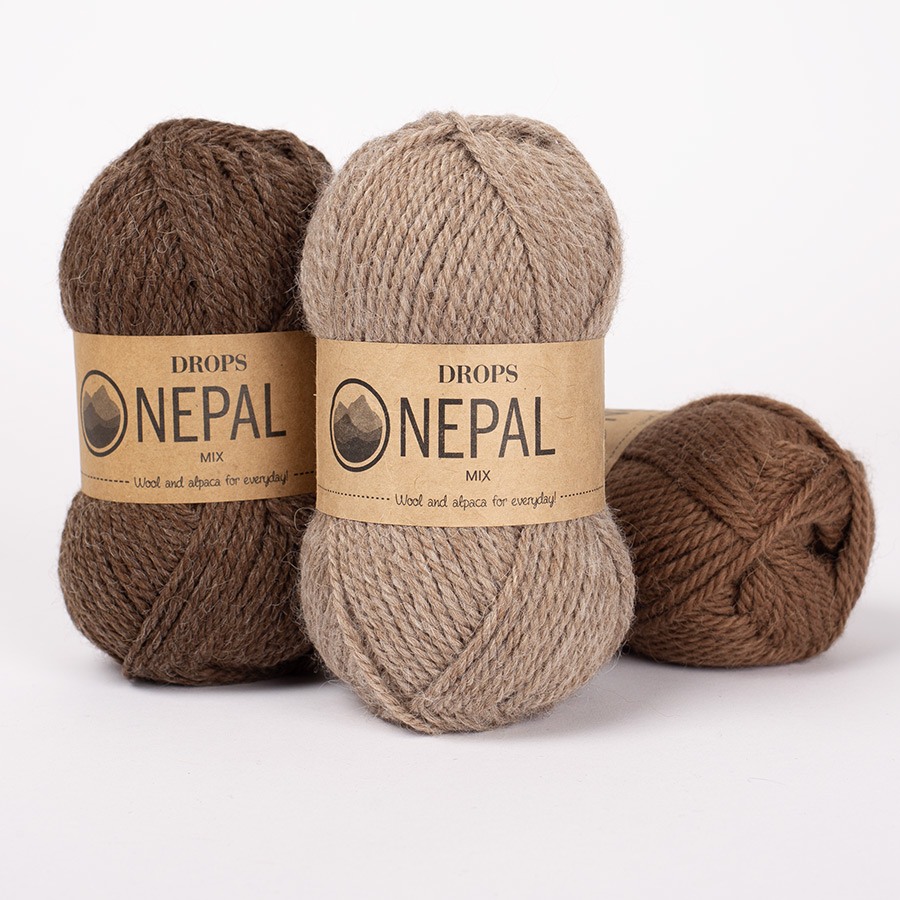
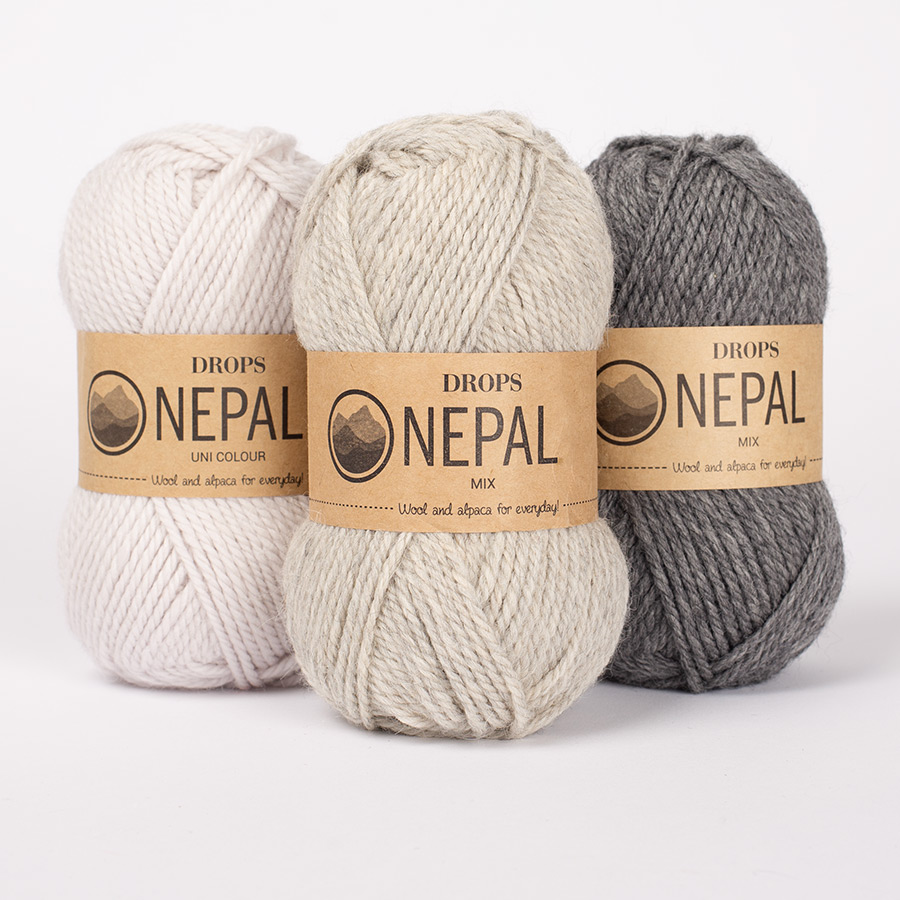
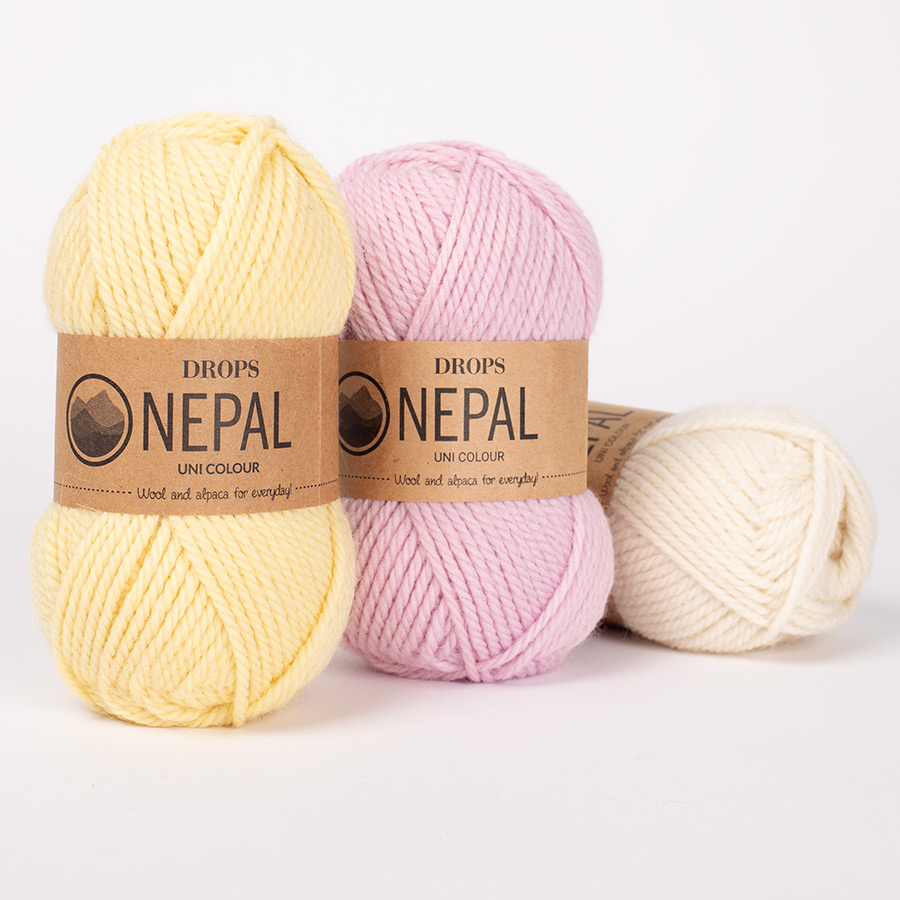
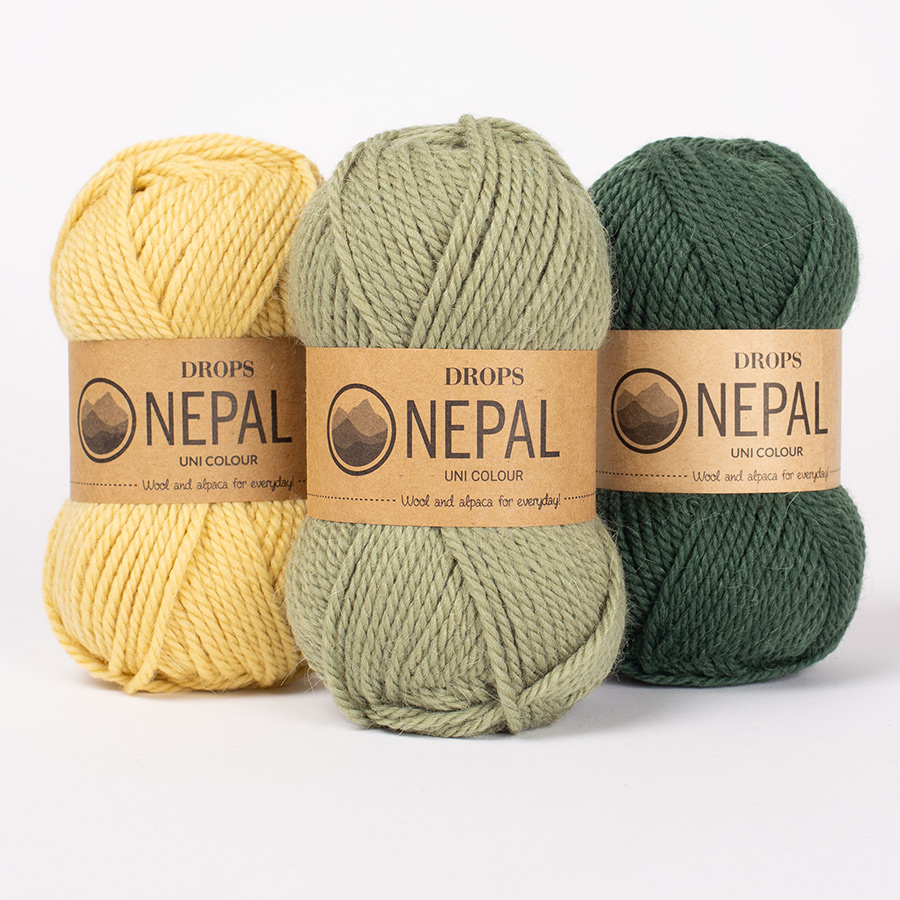
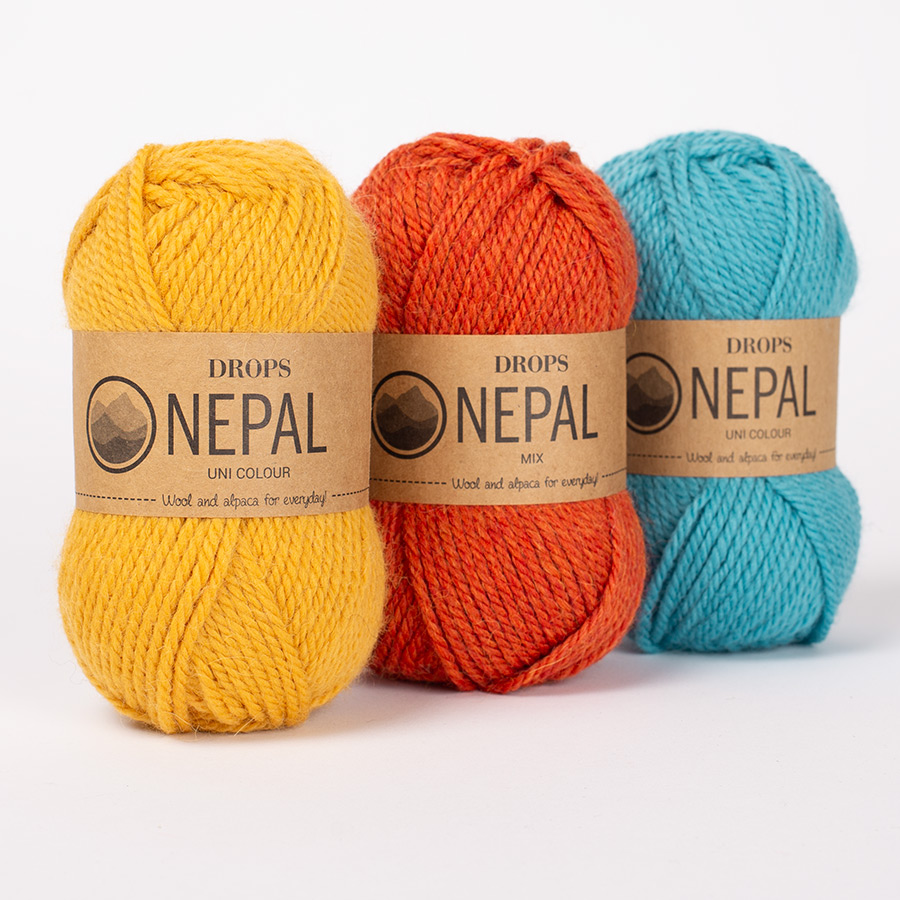


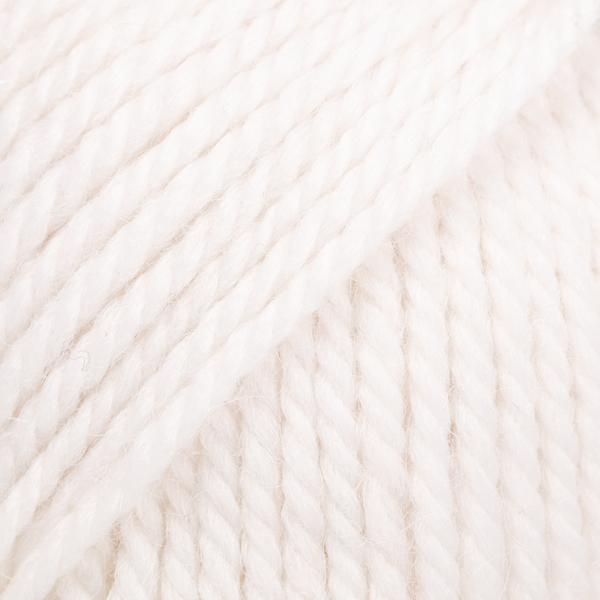




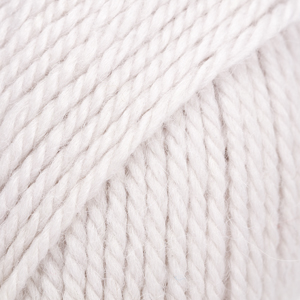
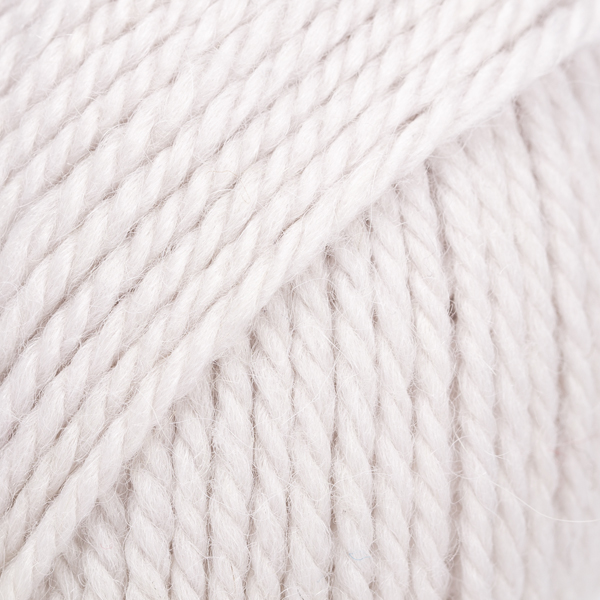




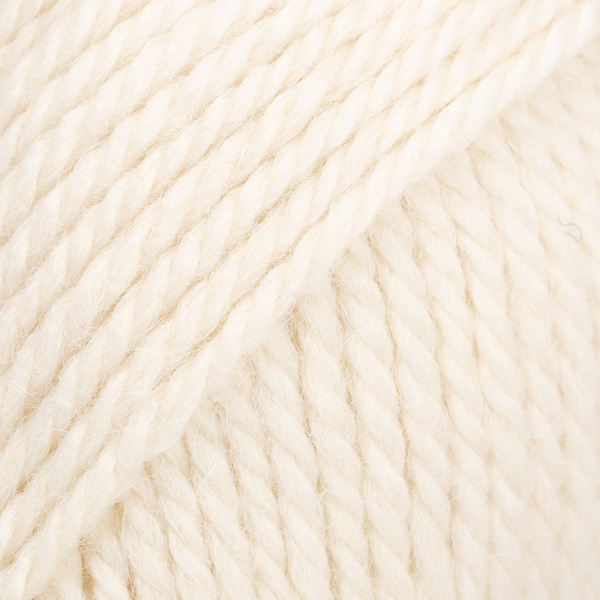




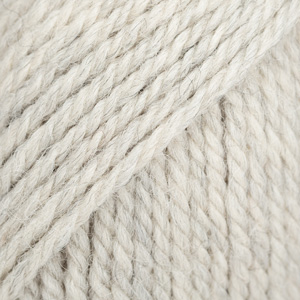
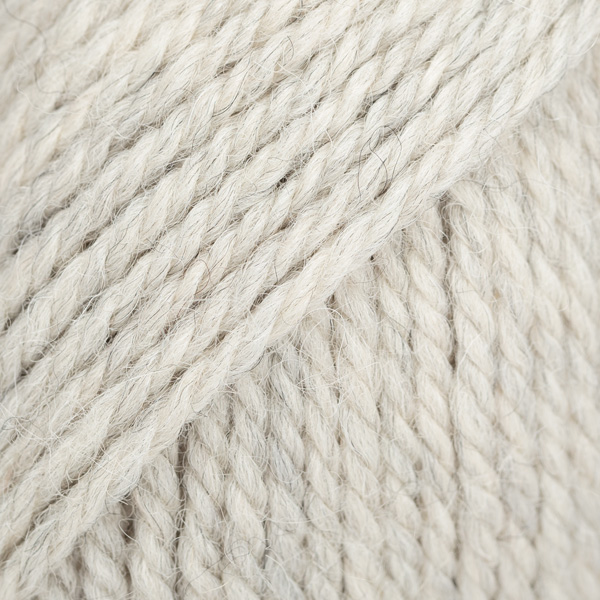
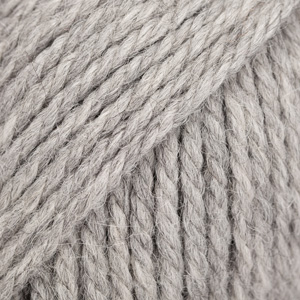
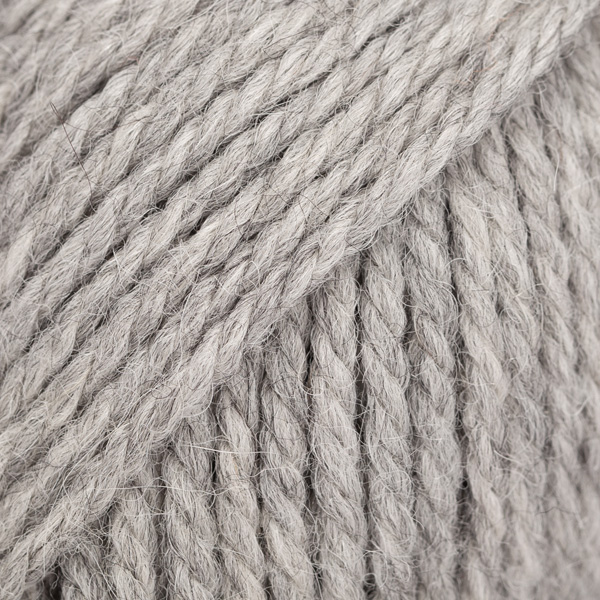



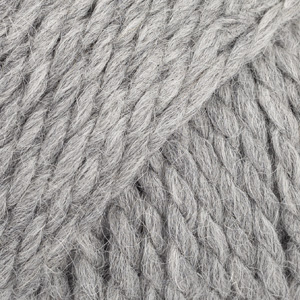

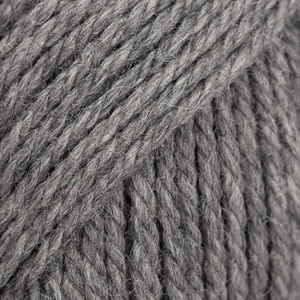
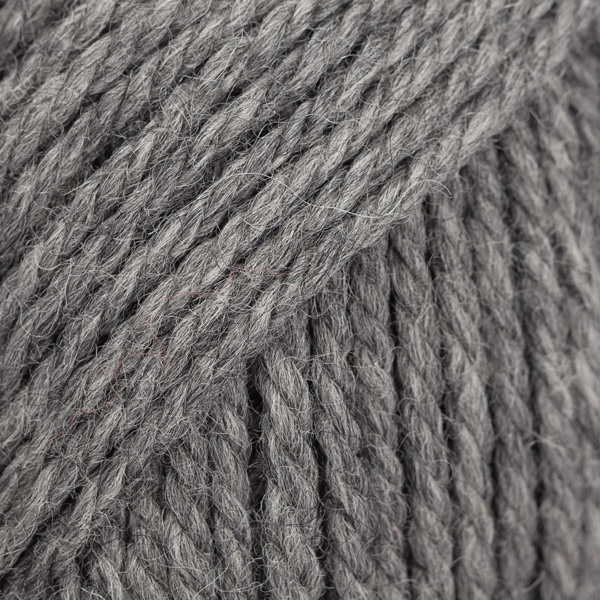







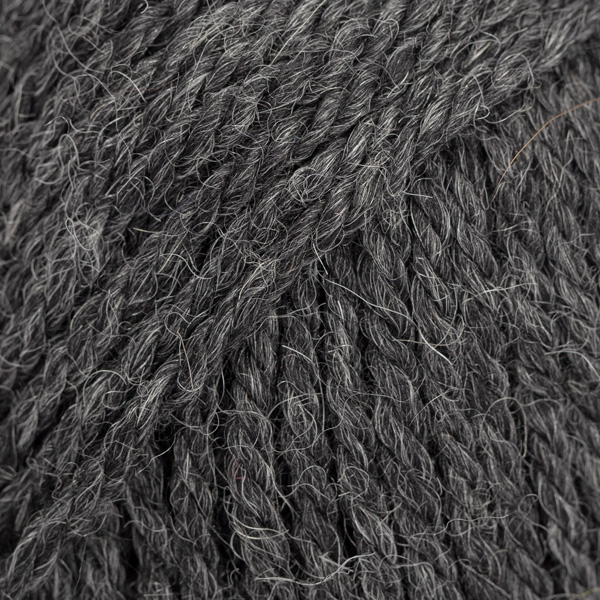
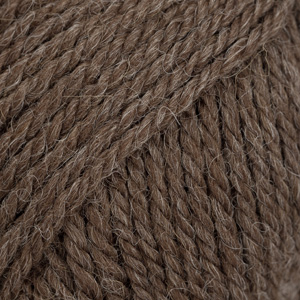
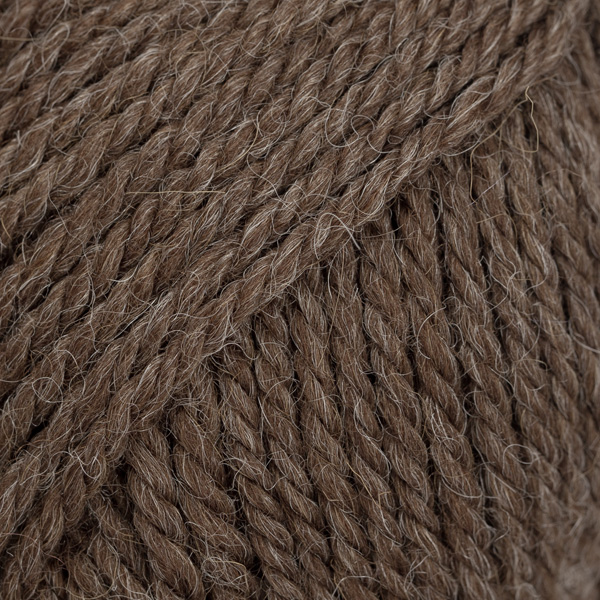



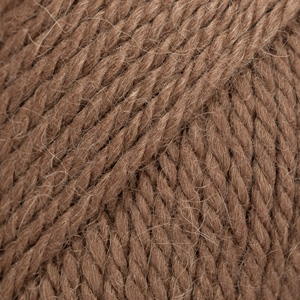
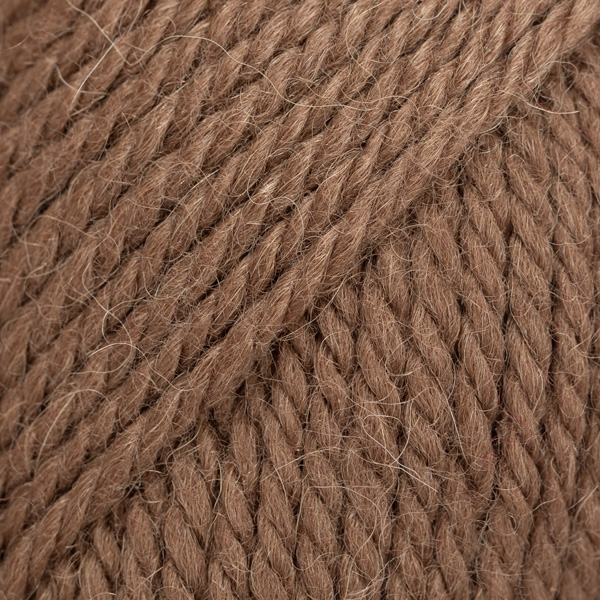
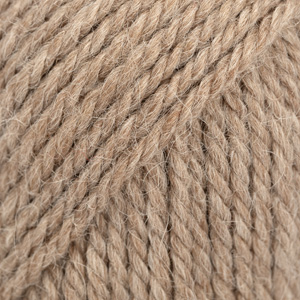
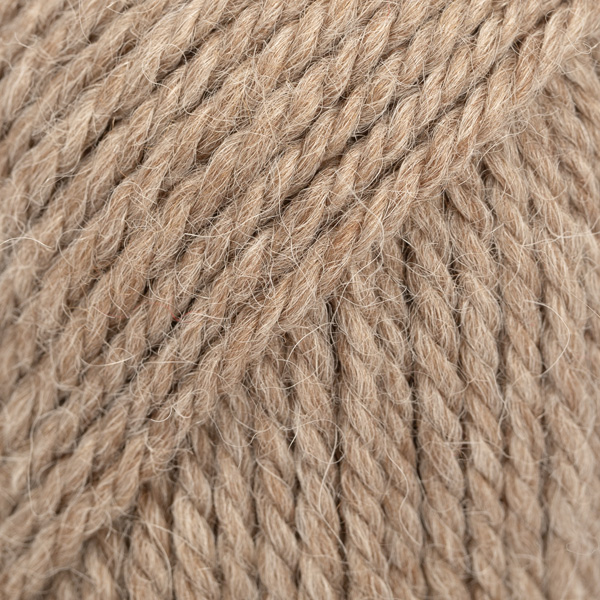

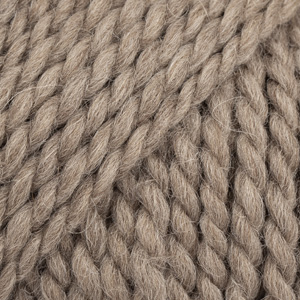


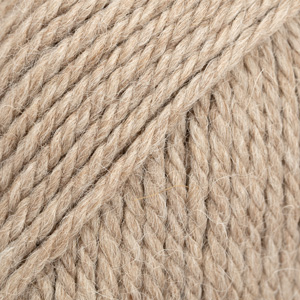
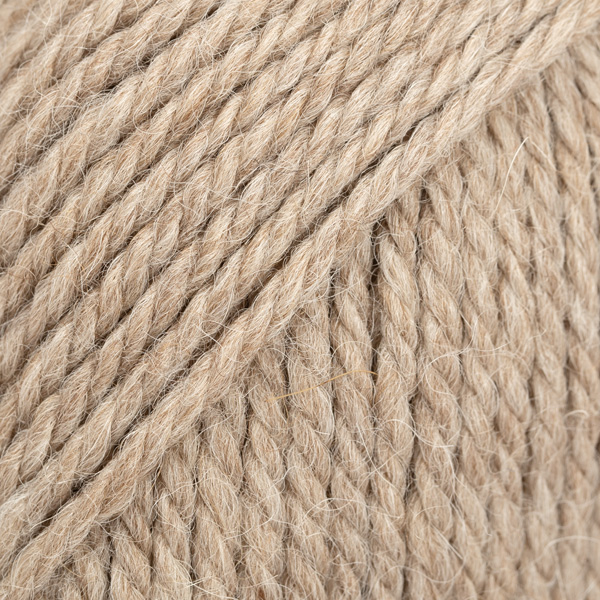

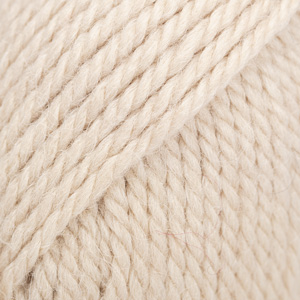
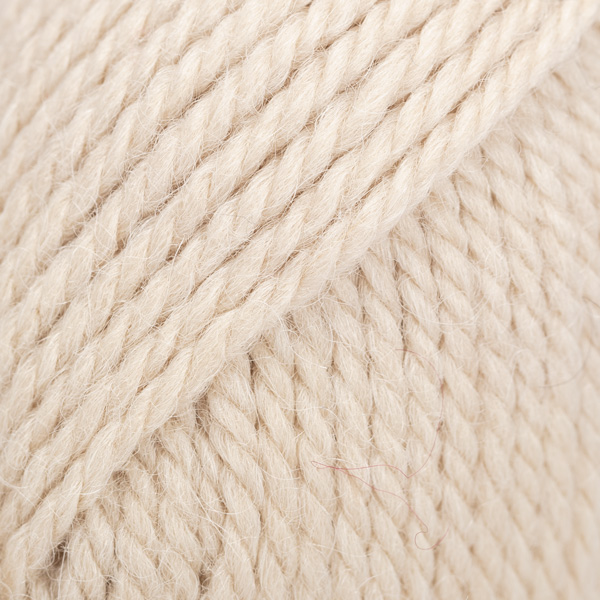









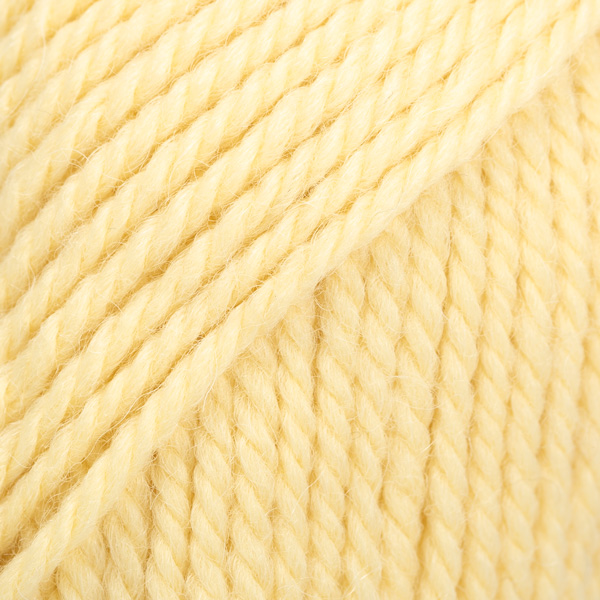
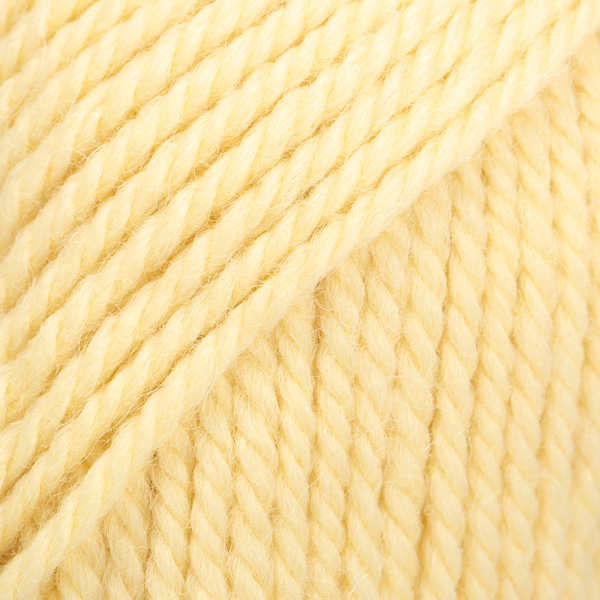







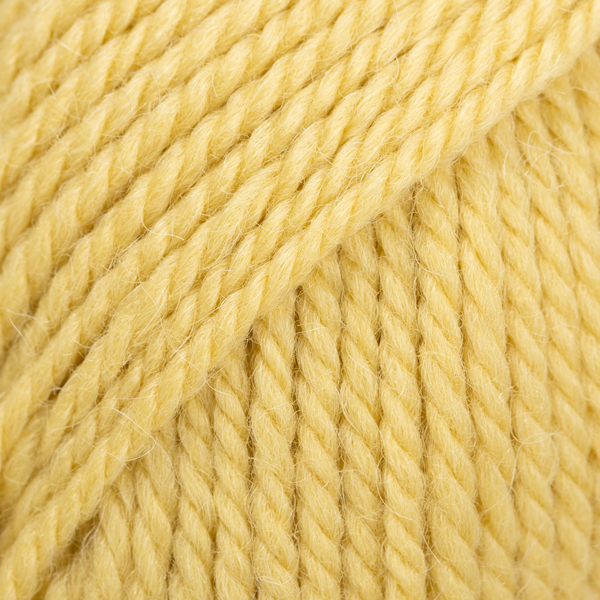



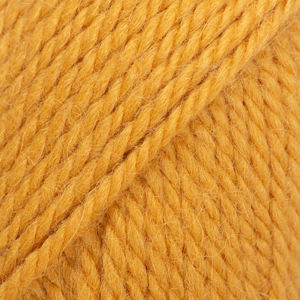
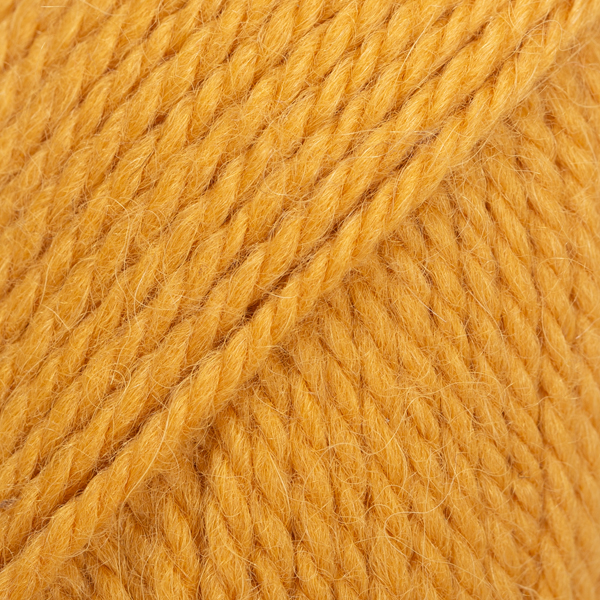
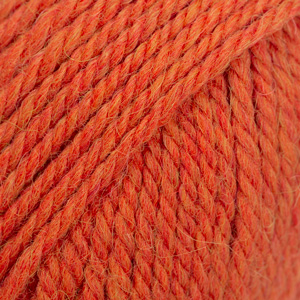









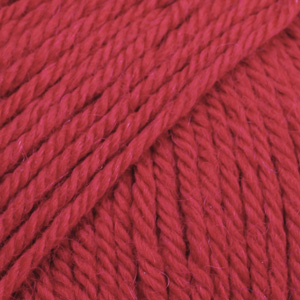

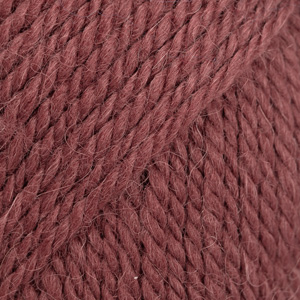
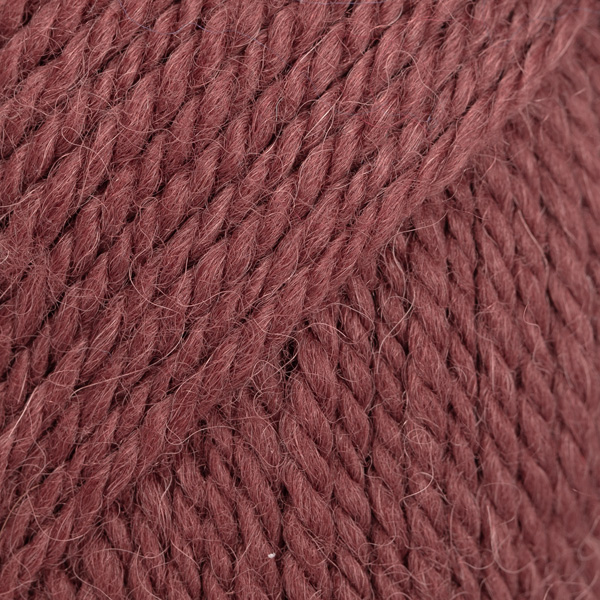
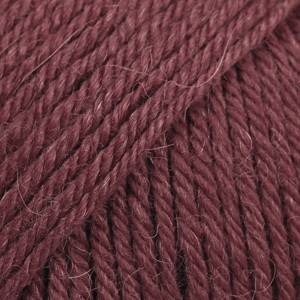
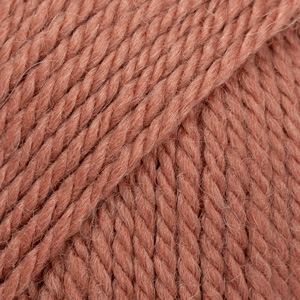
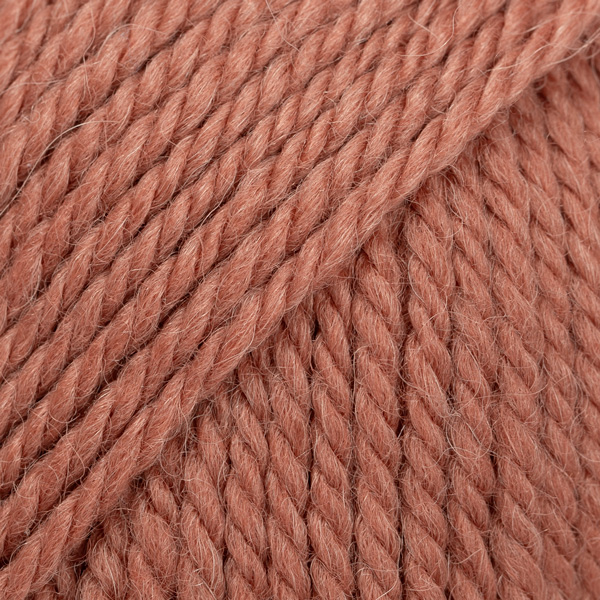


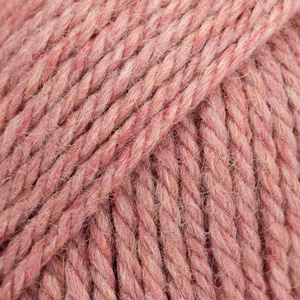
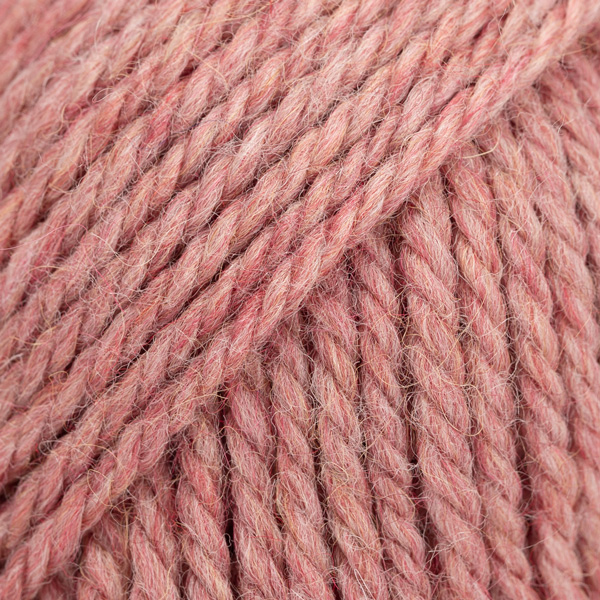
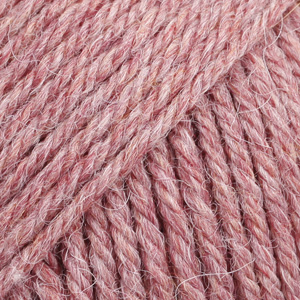

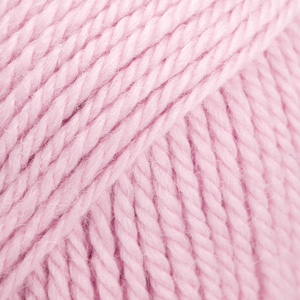
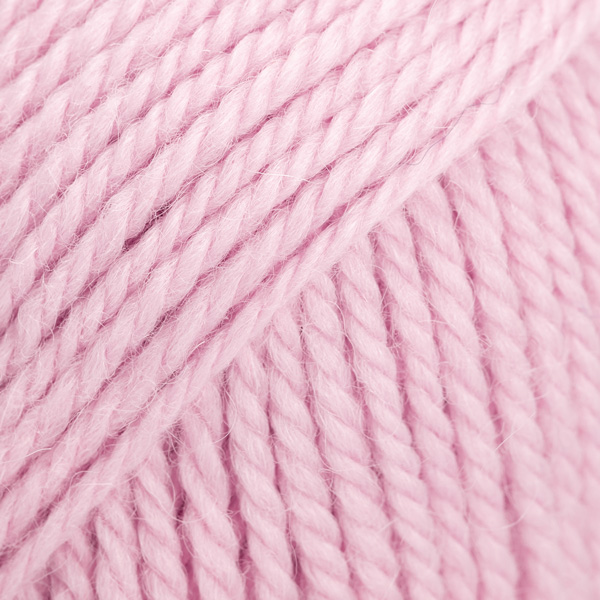


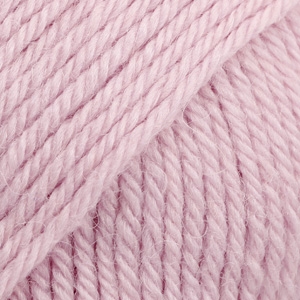
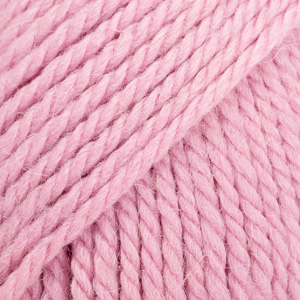
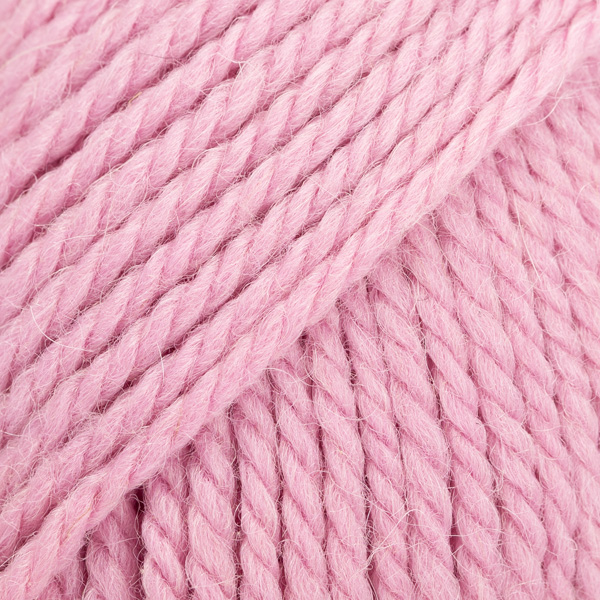
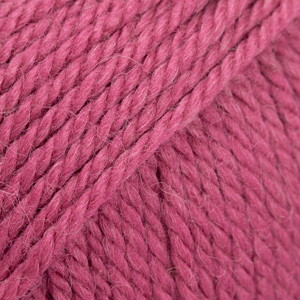

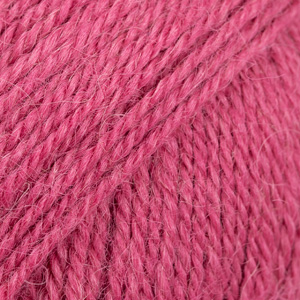


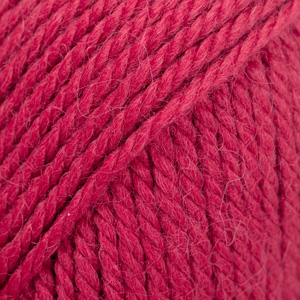
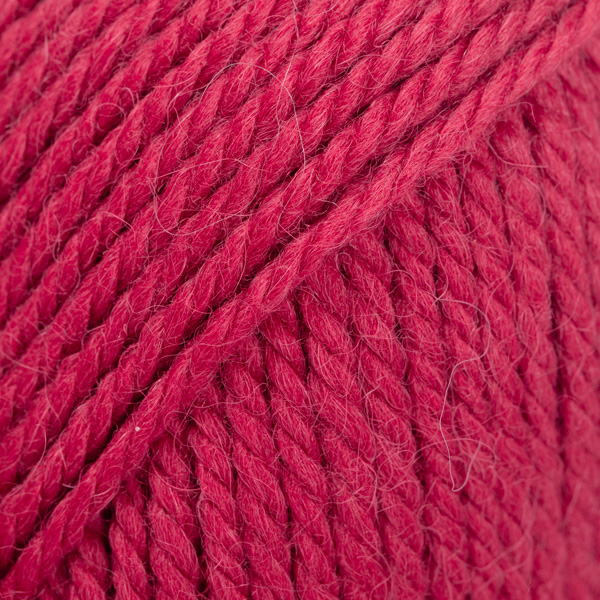



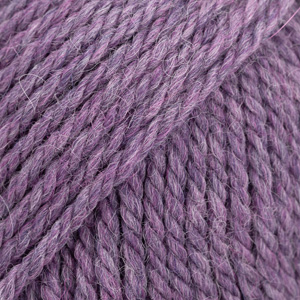
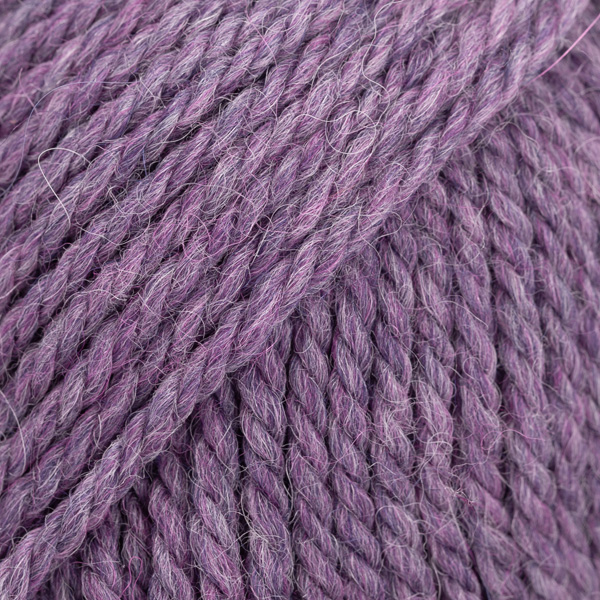



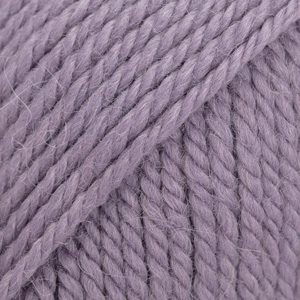
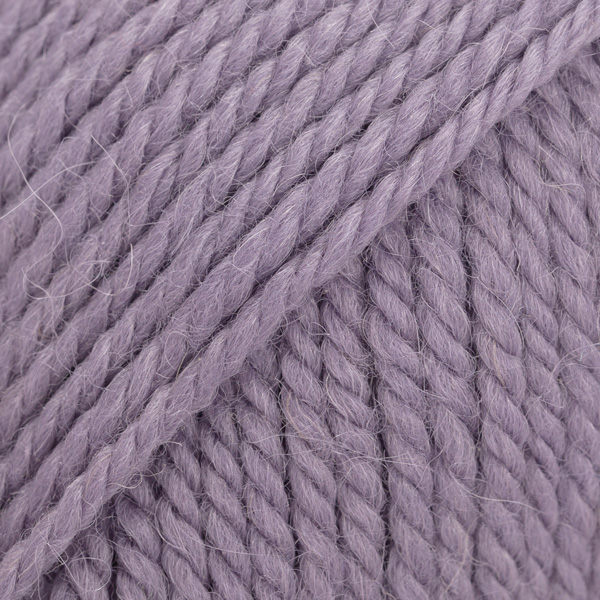
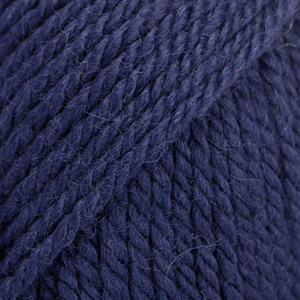
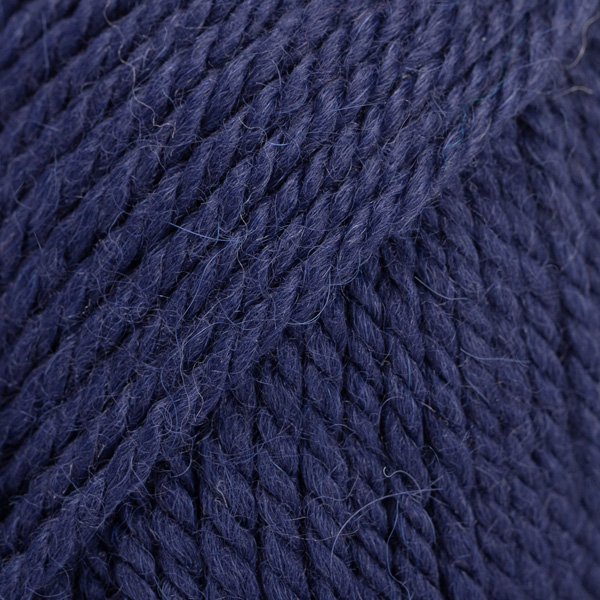
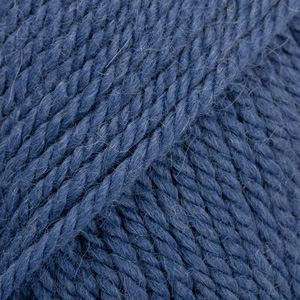
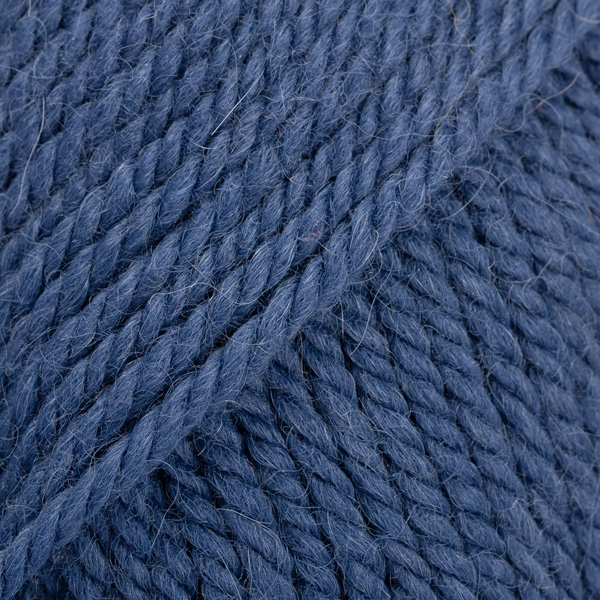

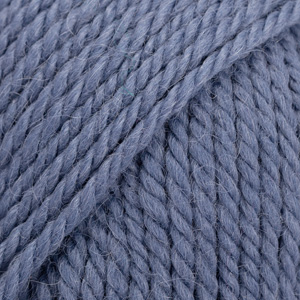
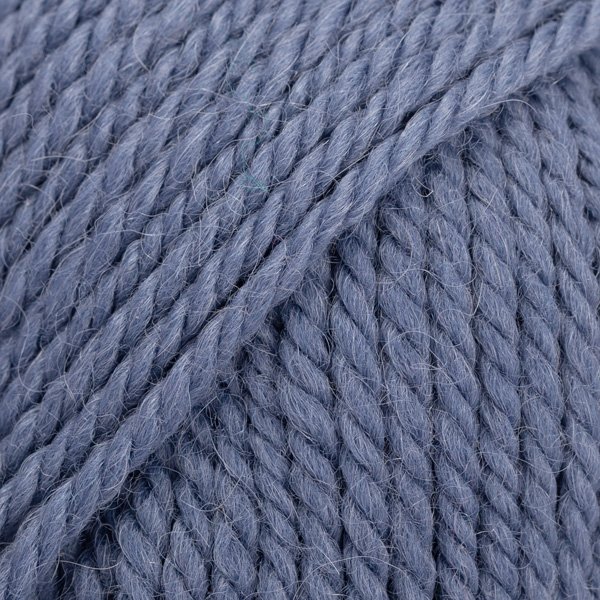




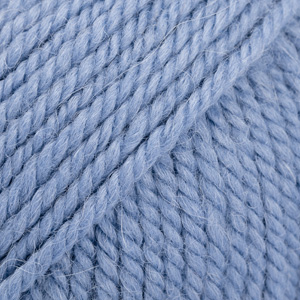
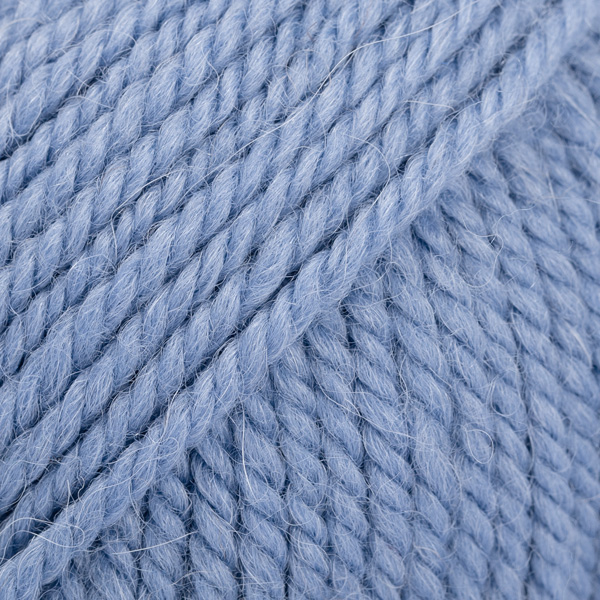

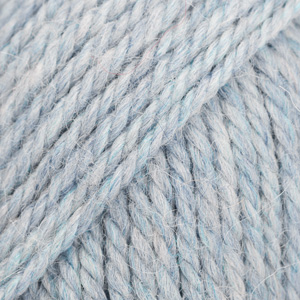
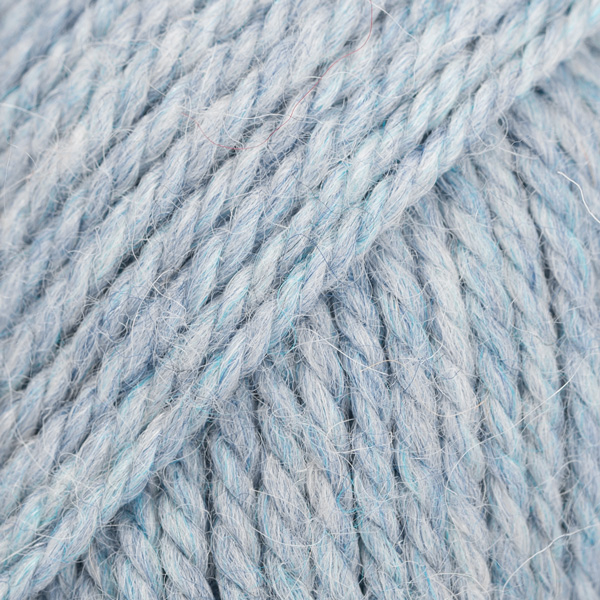

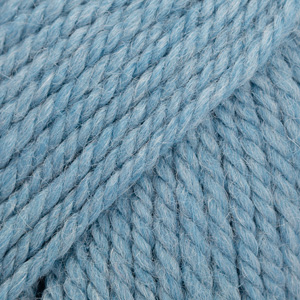
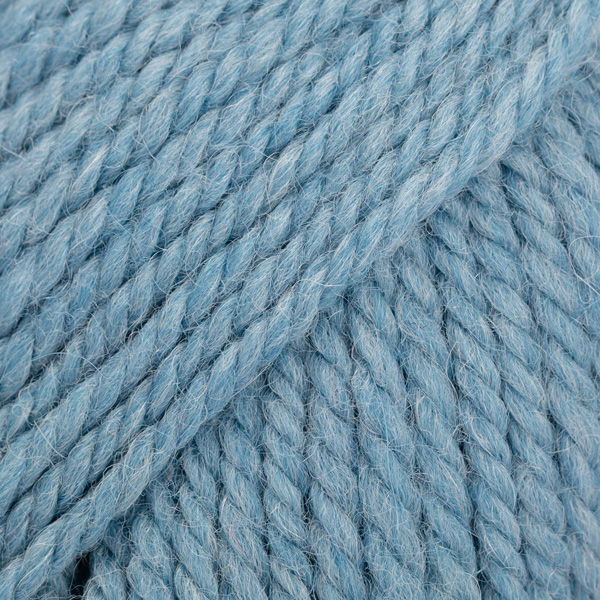



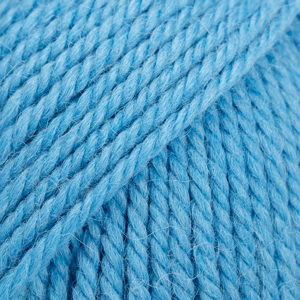
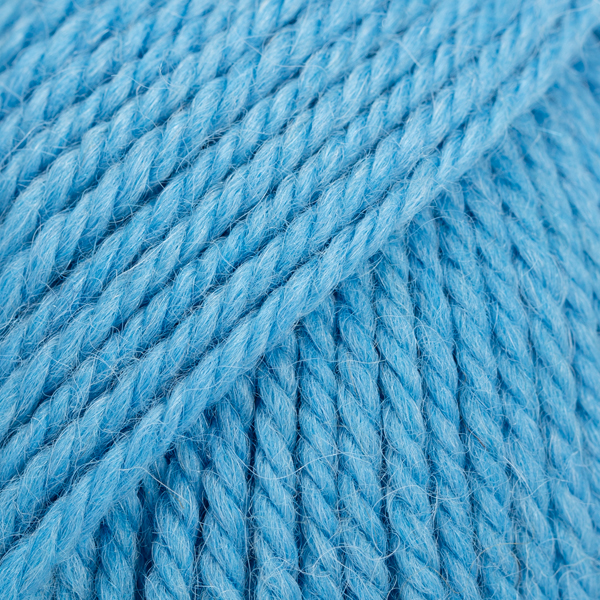
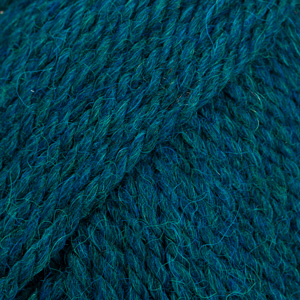
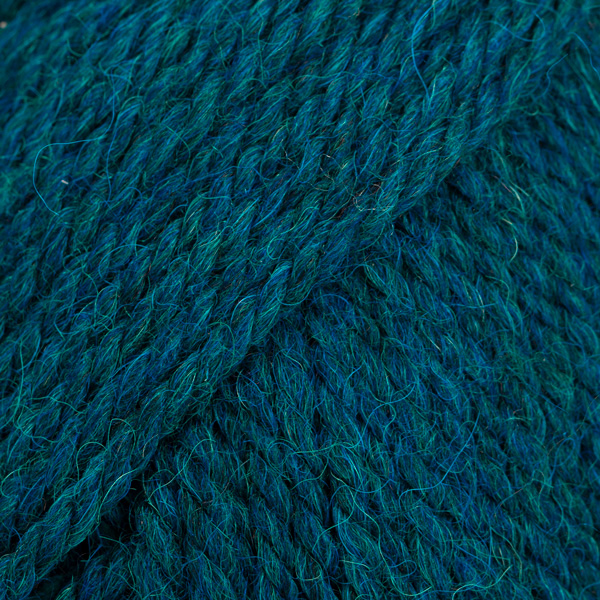


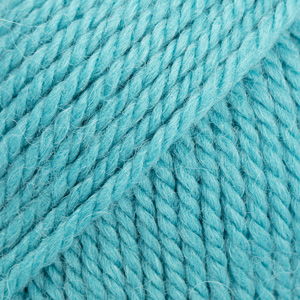
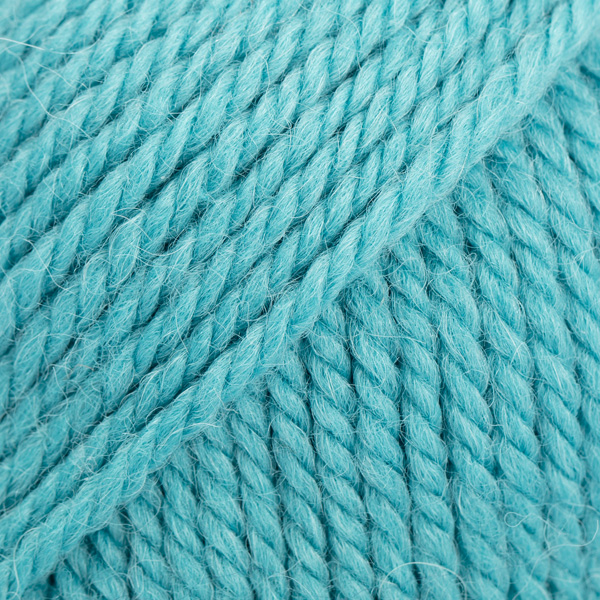

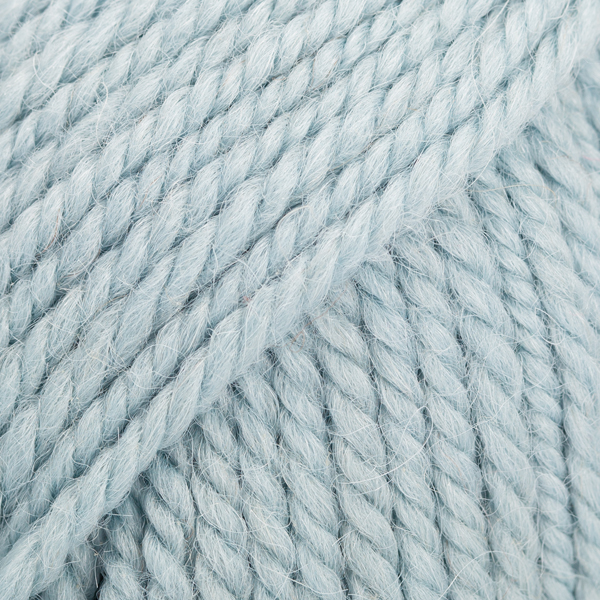


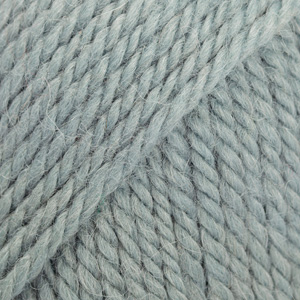
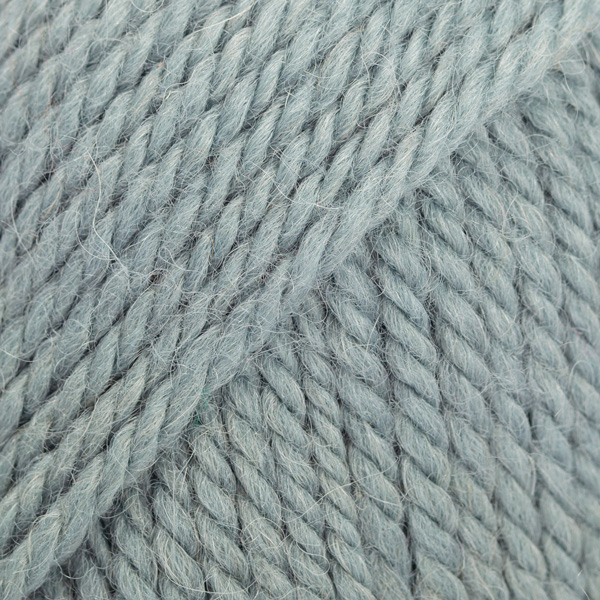
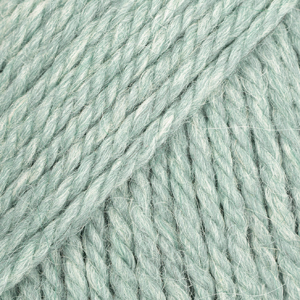
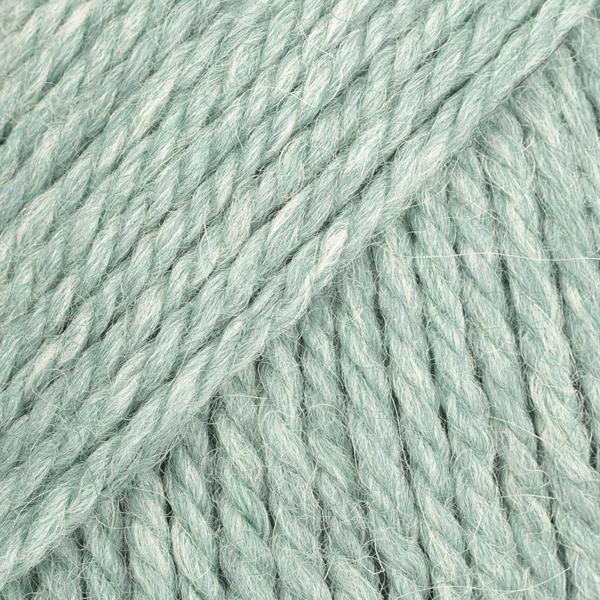





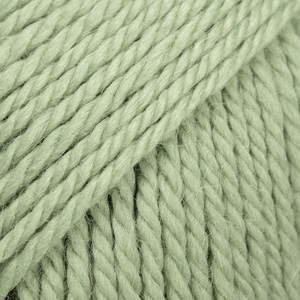
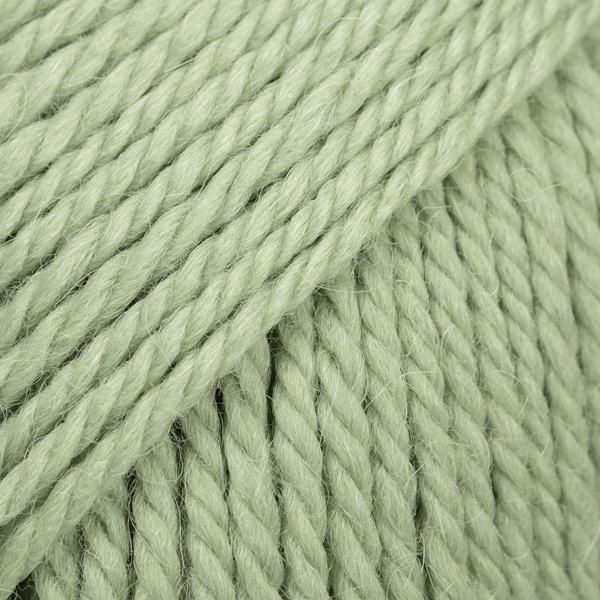


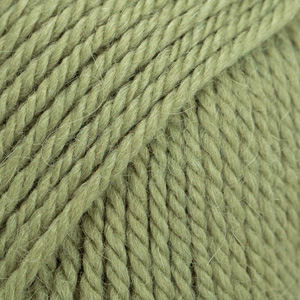
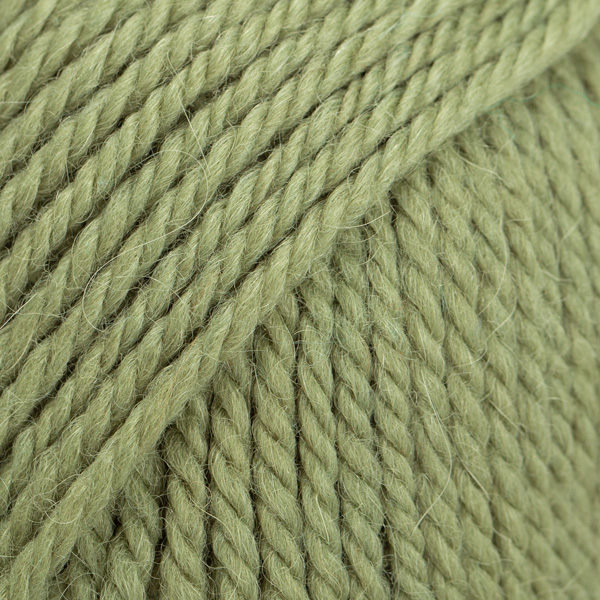
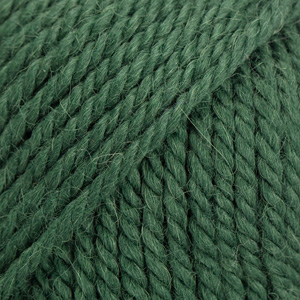
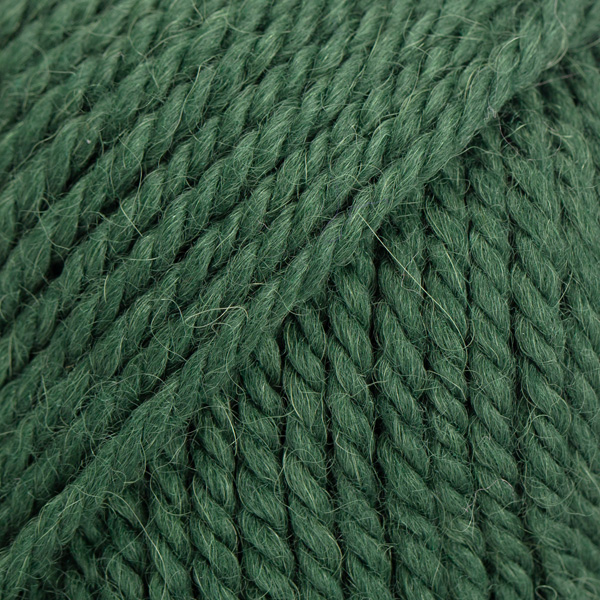
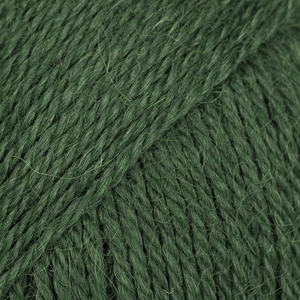


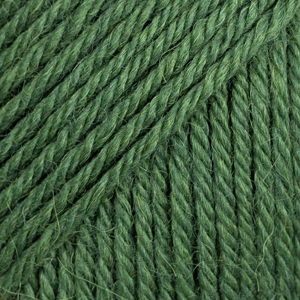


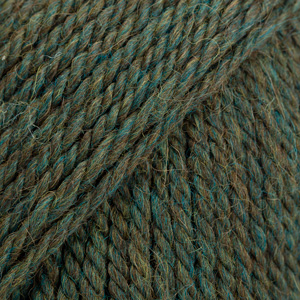
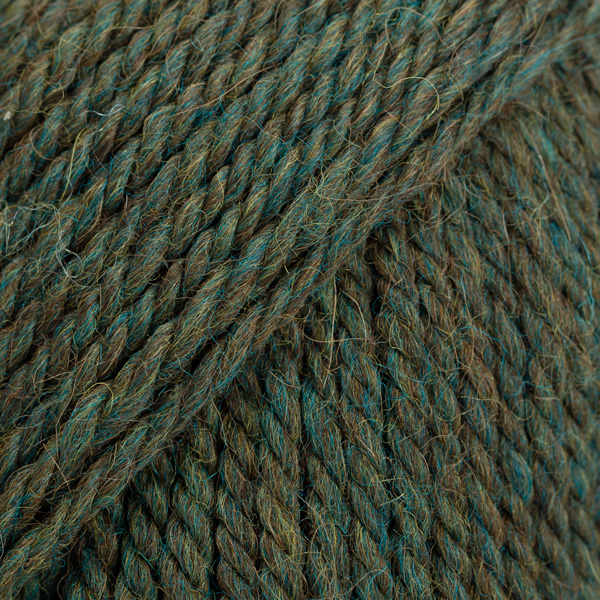
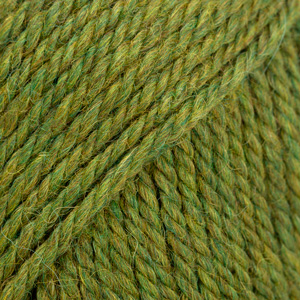
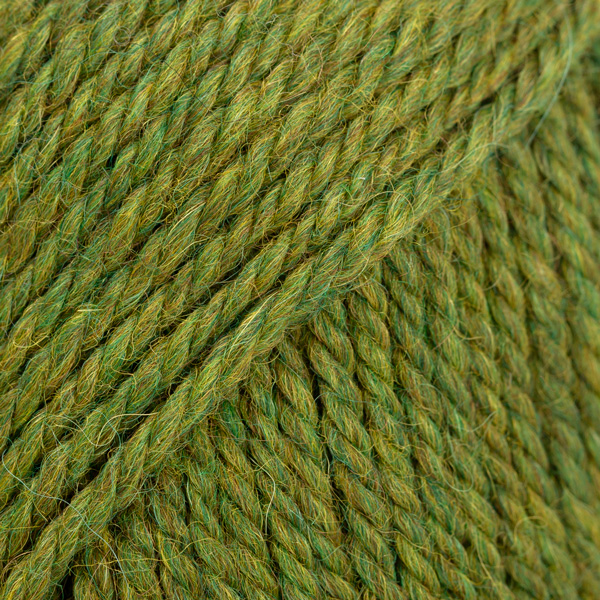



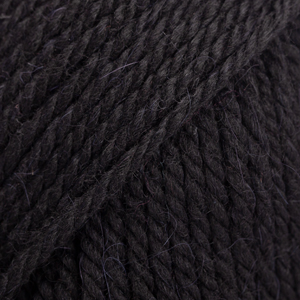
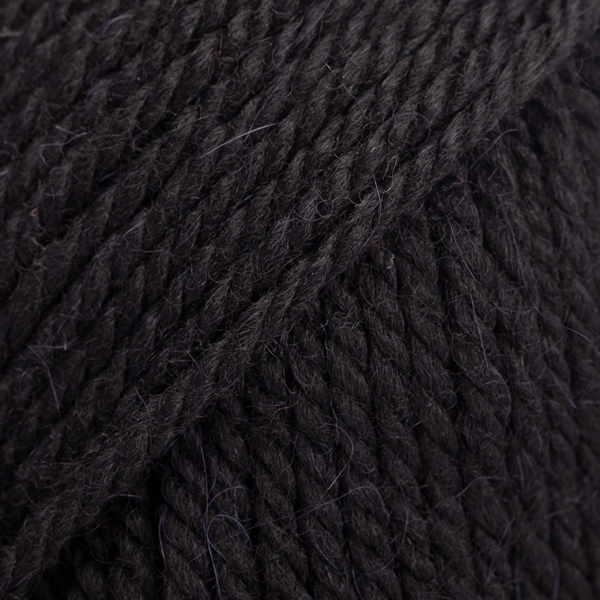
















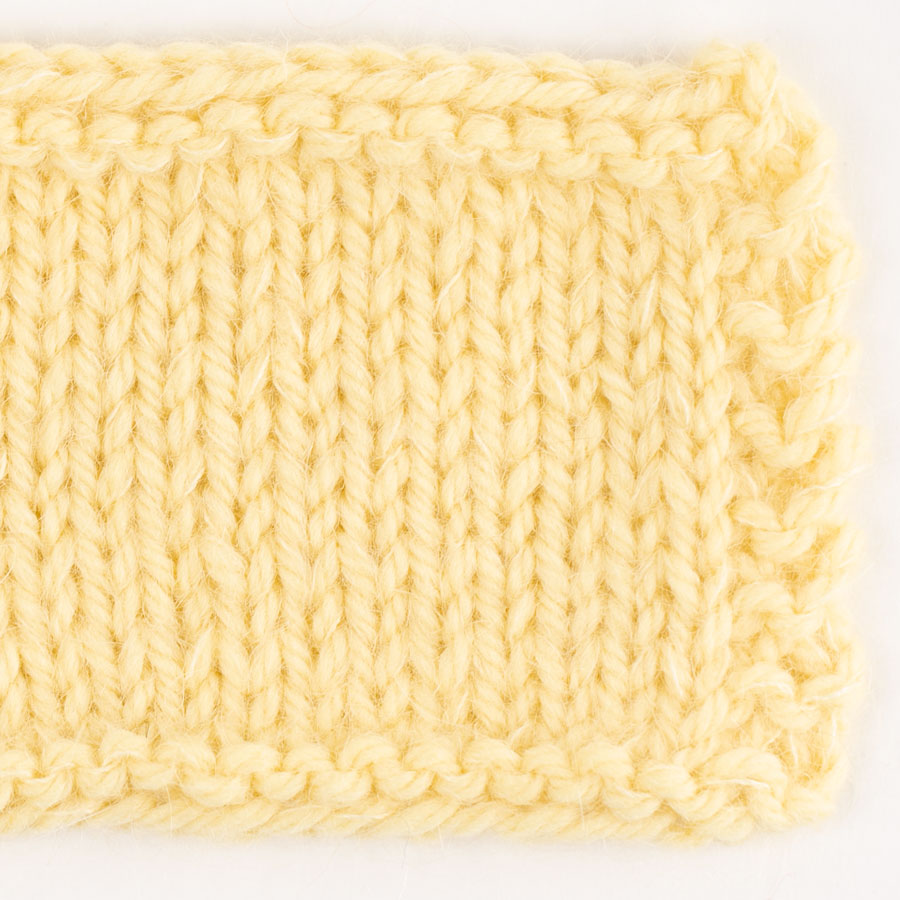
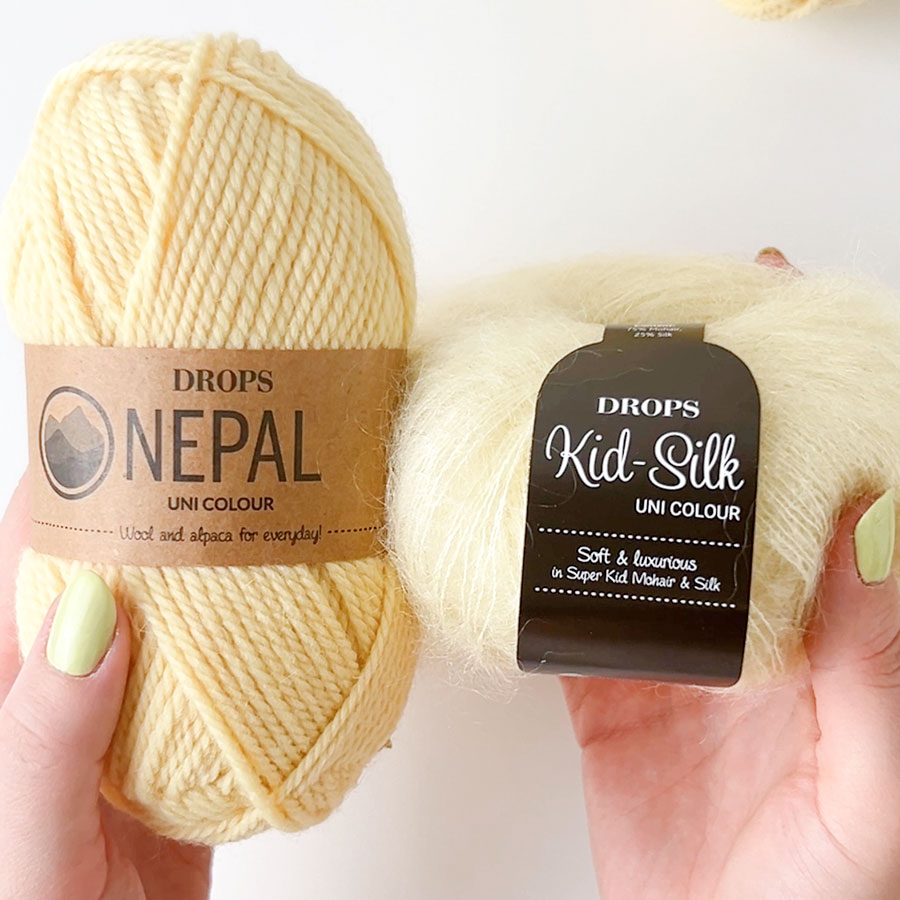
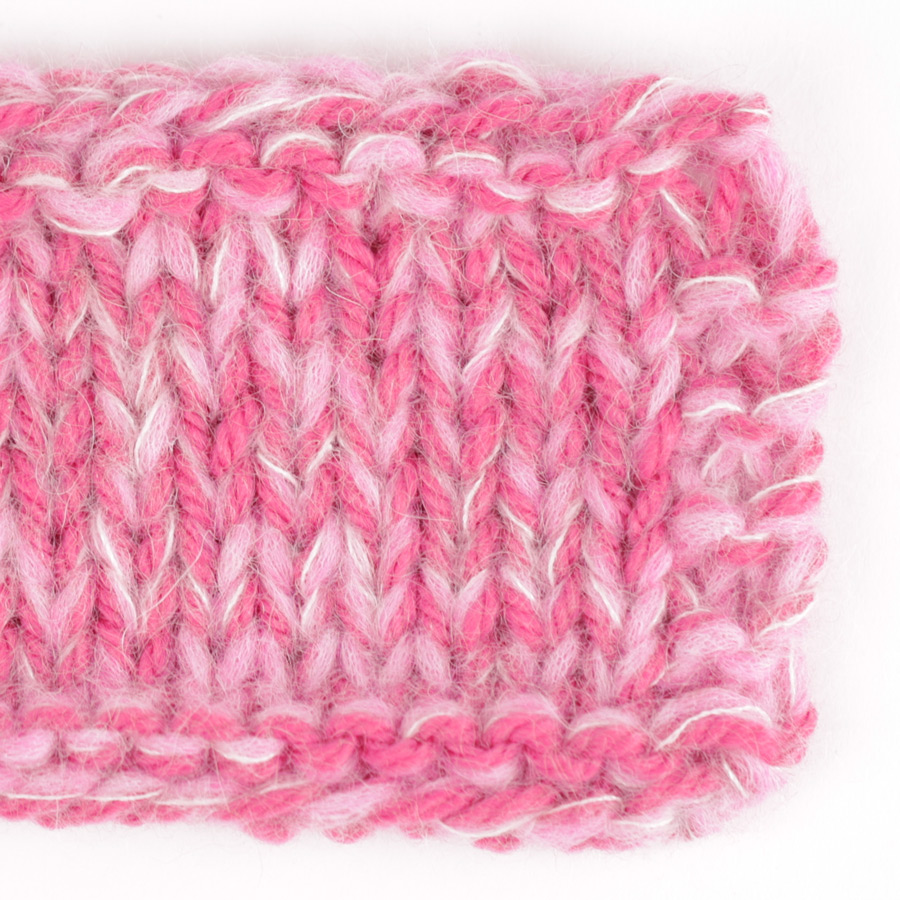

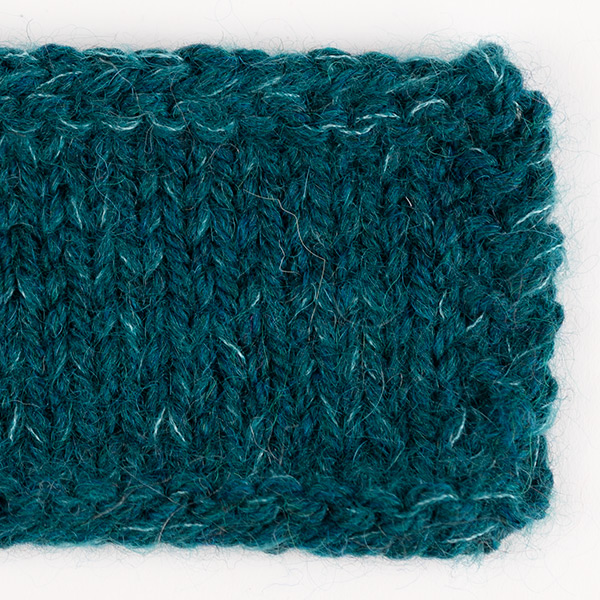
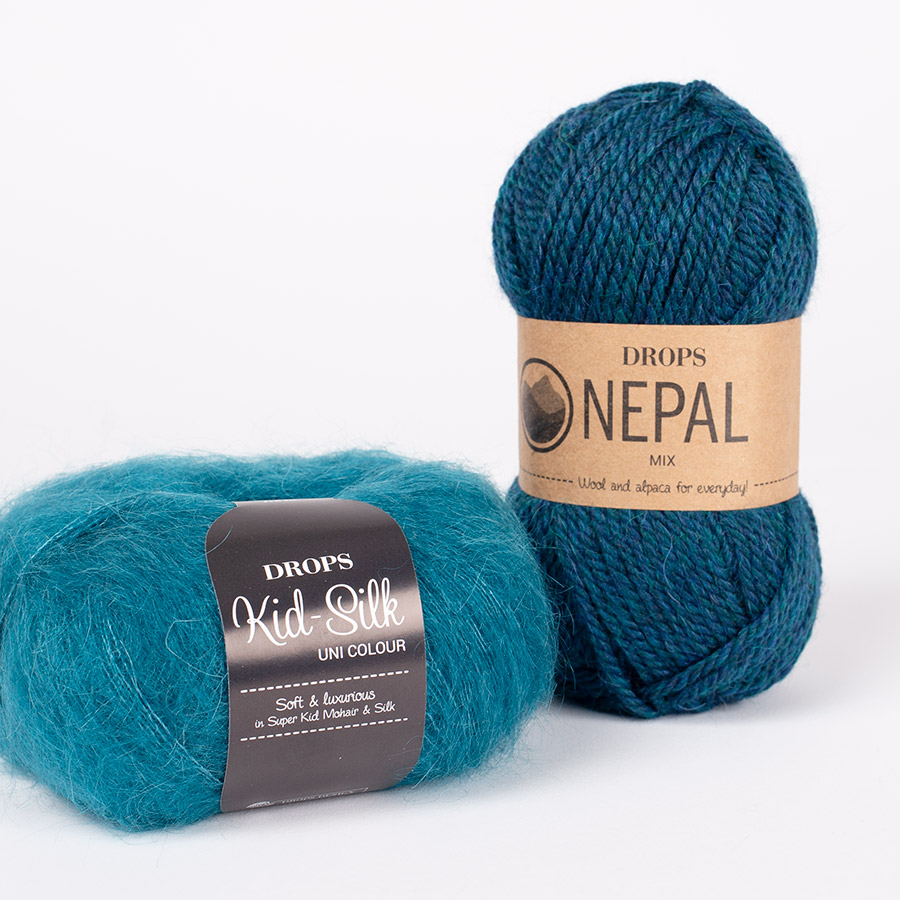
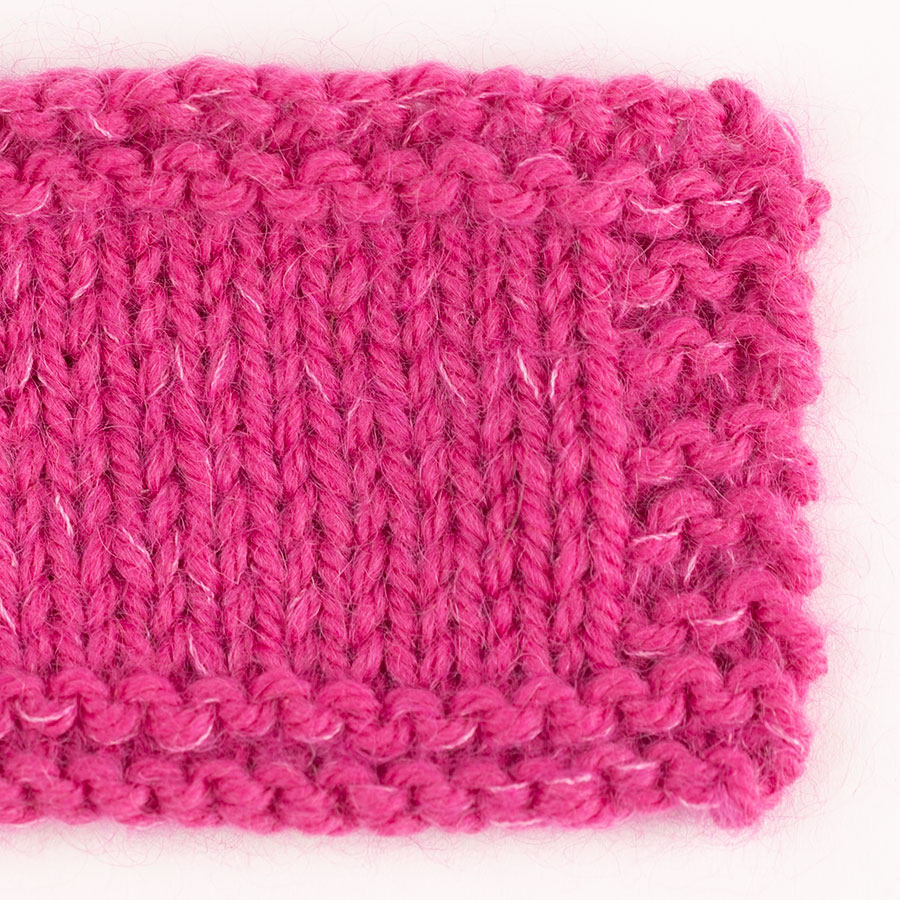
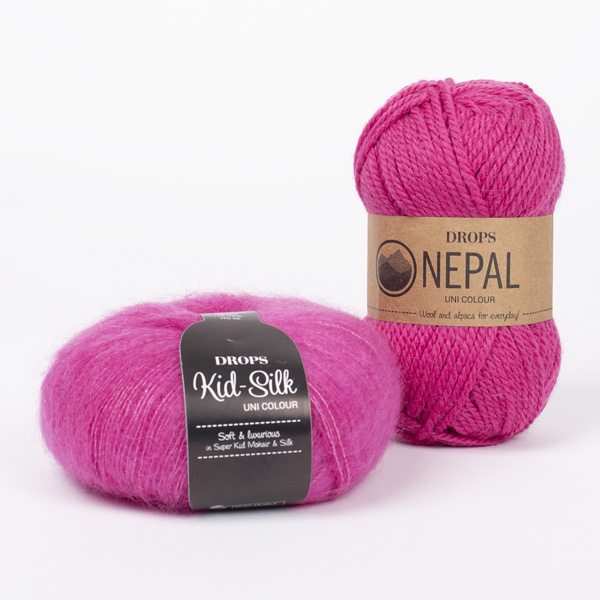
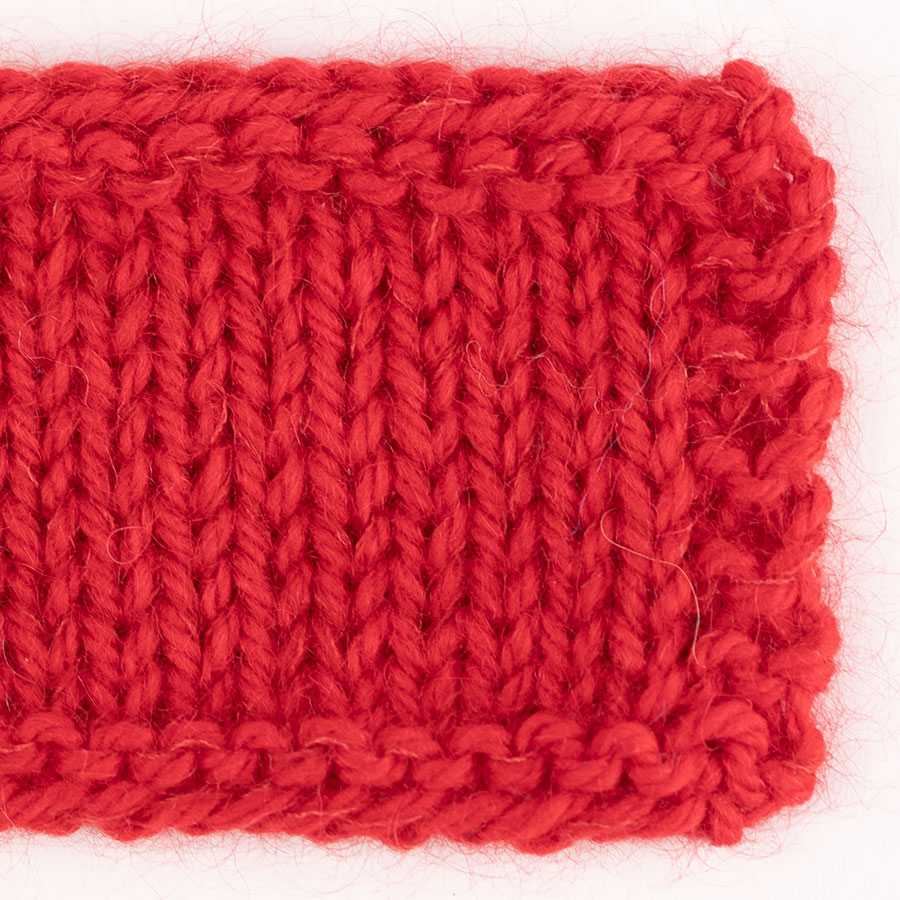
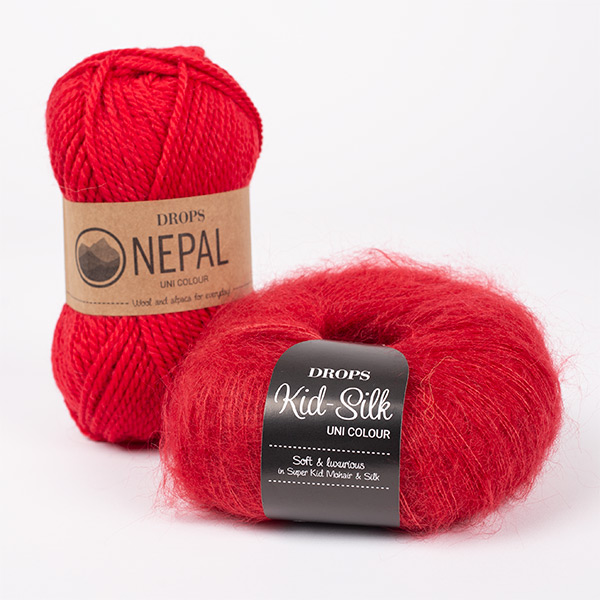
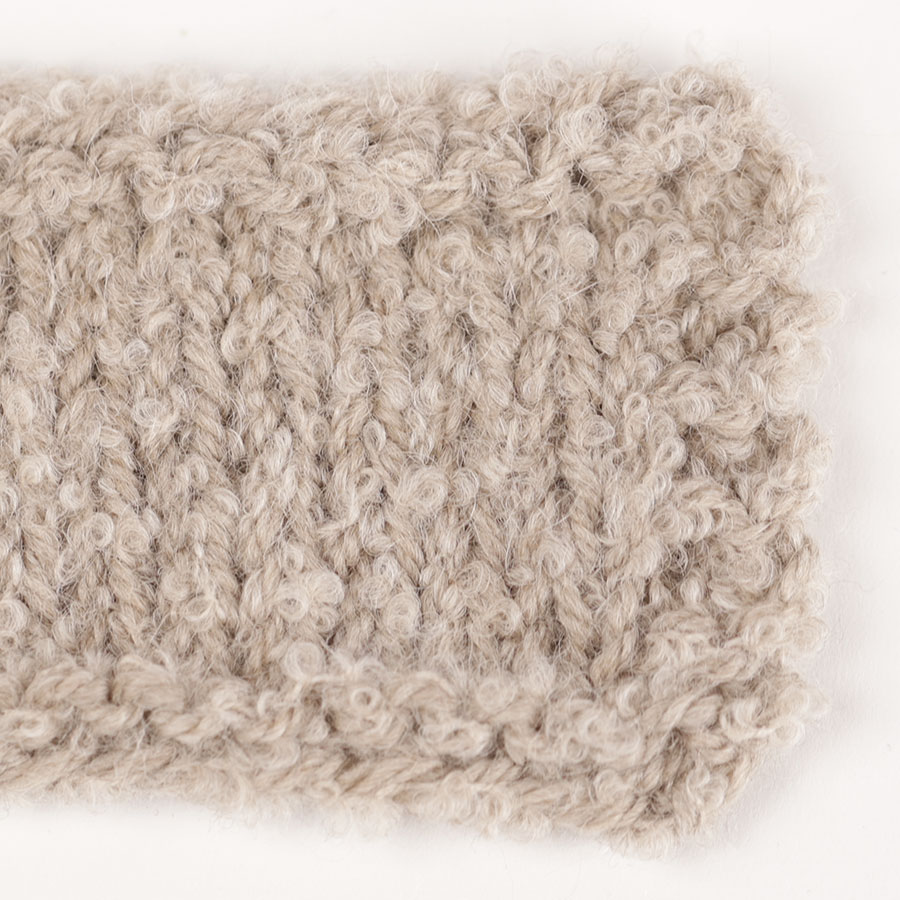
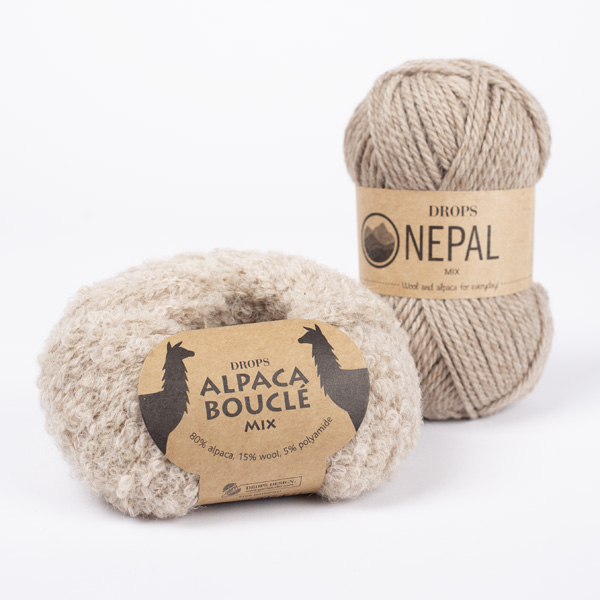
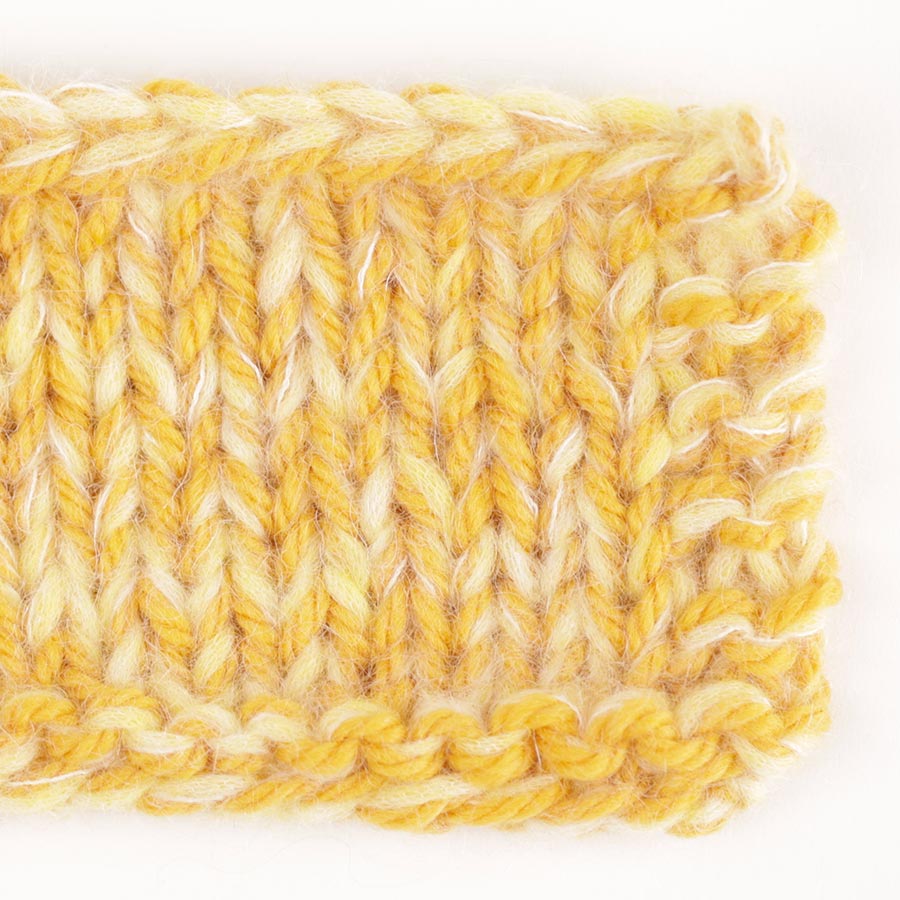
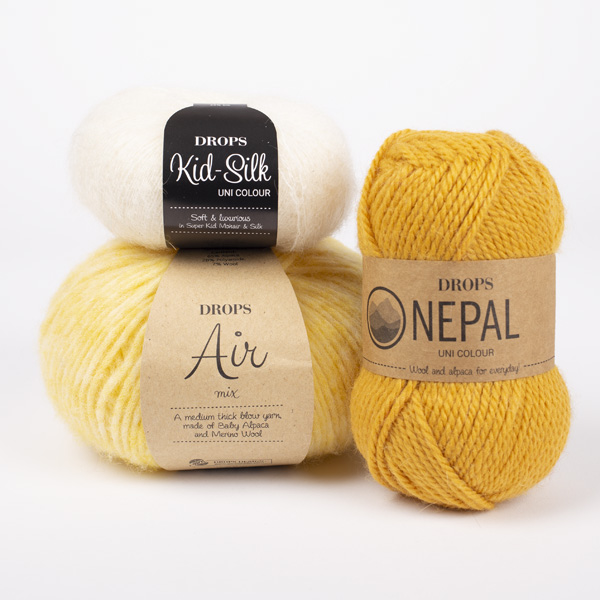
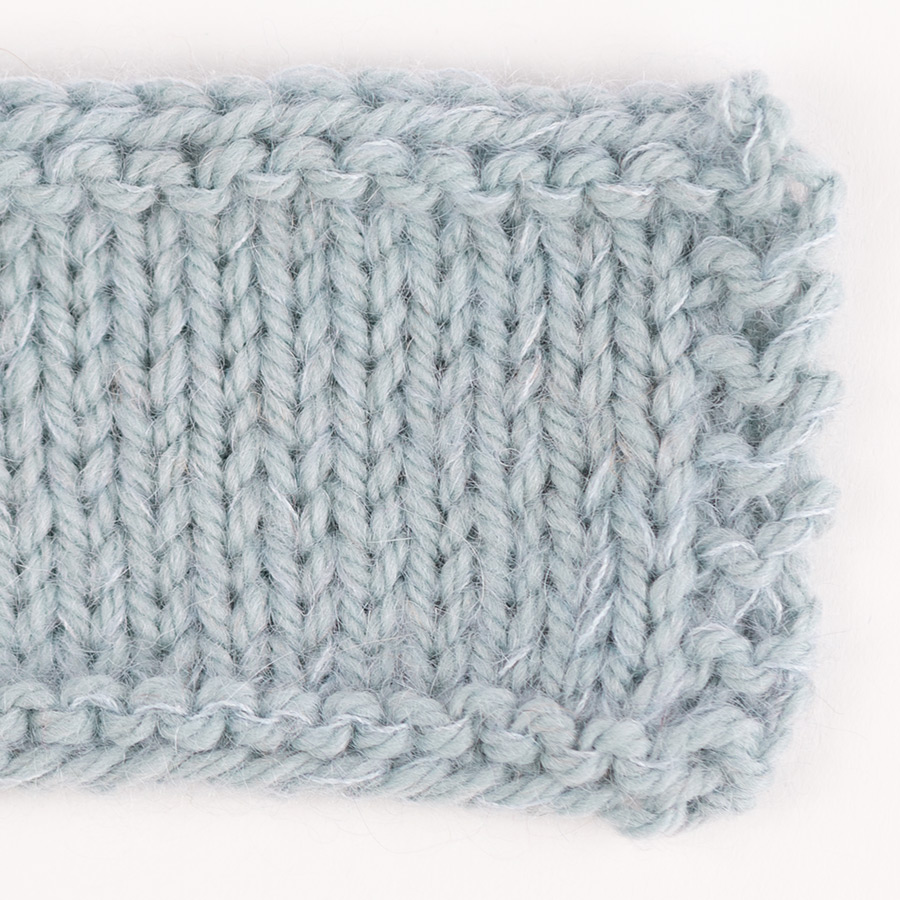




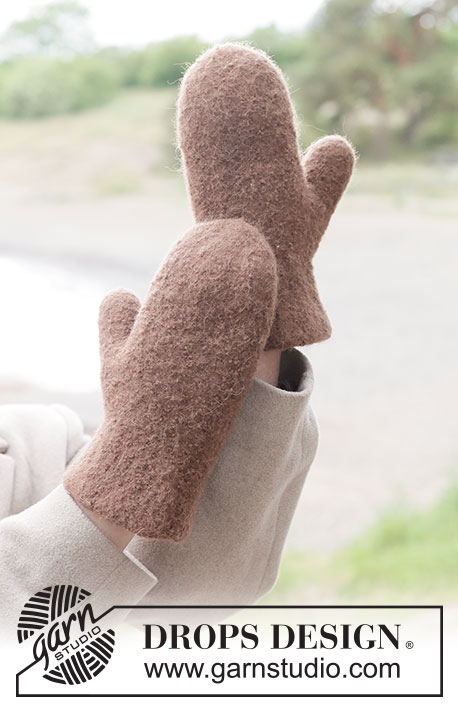










Wool Warehouse is NOT currently shipping to US.
07.04.2020 - 15:17